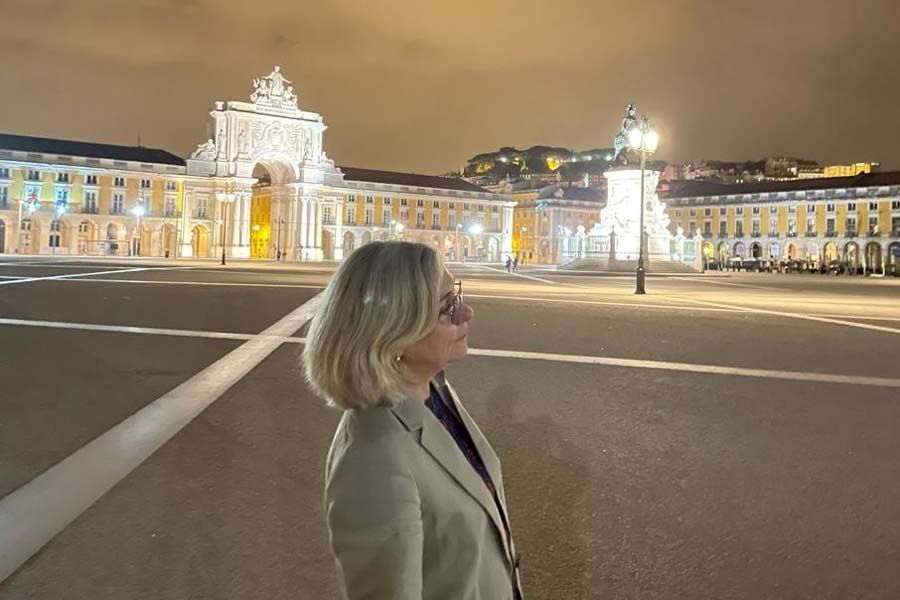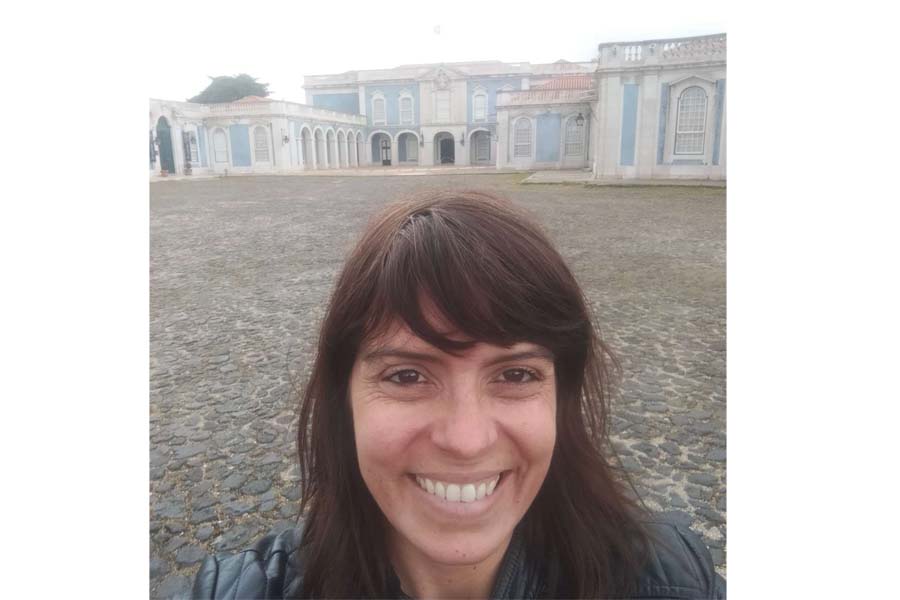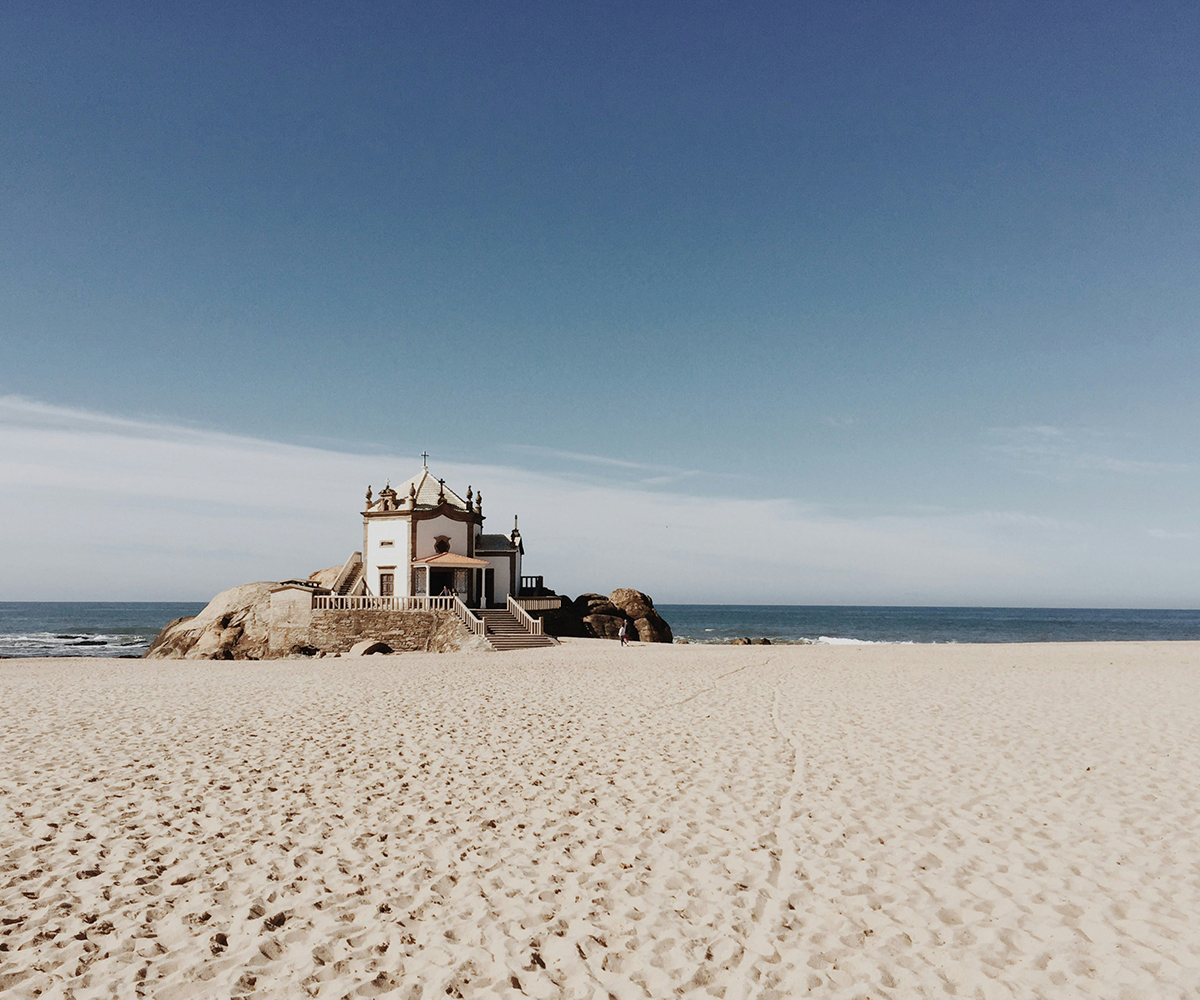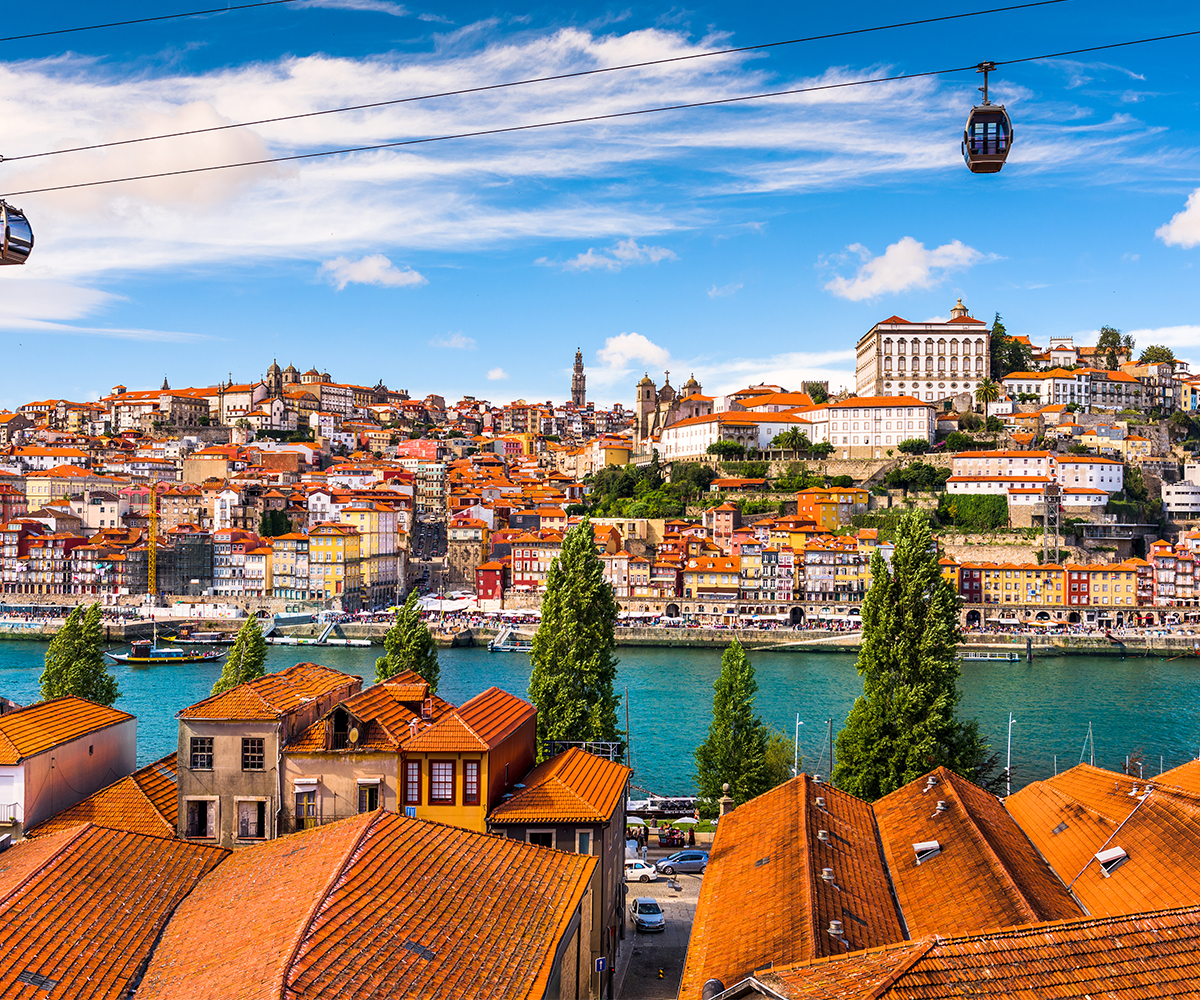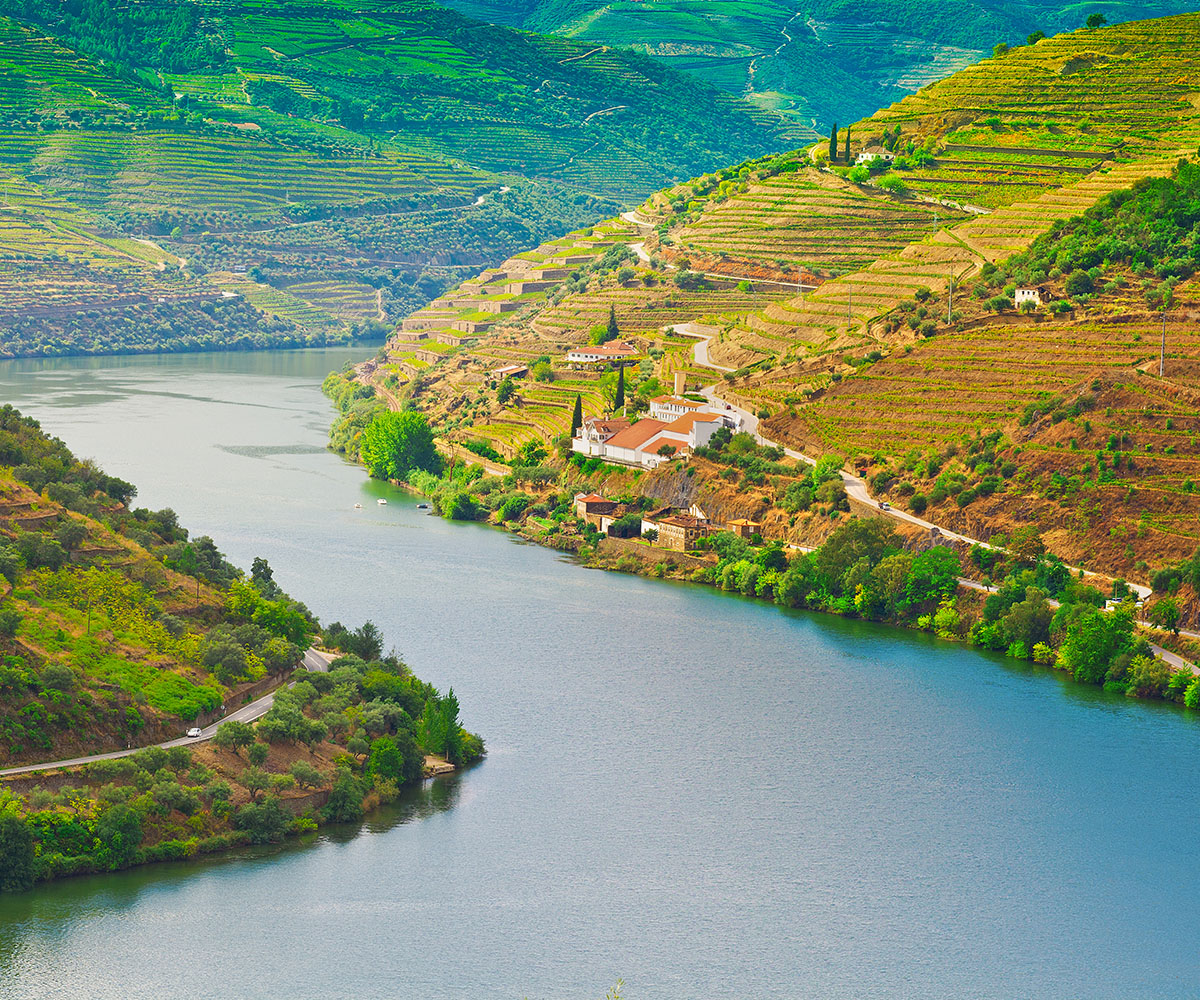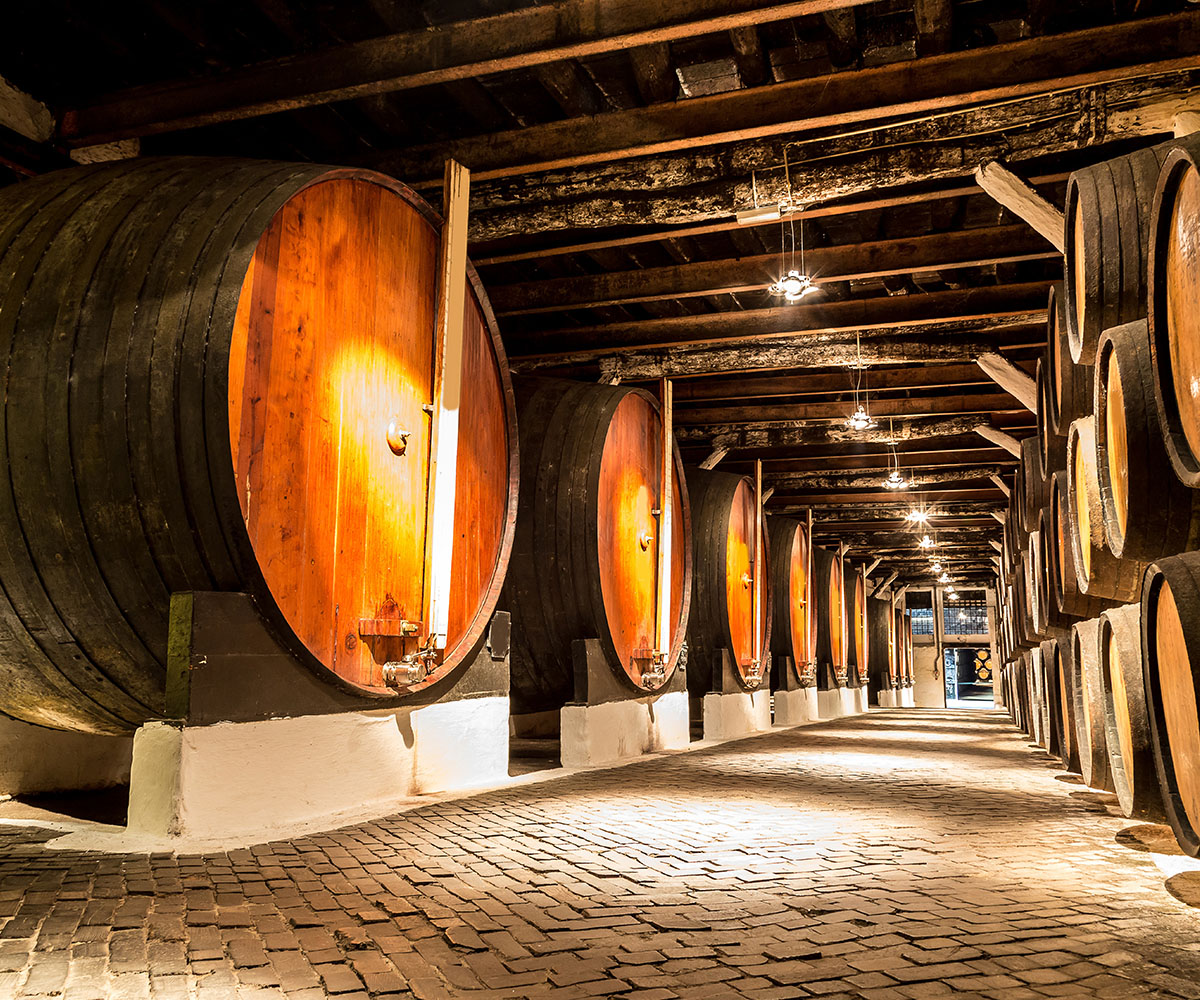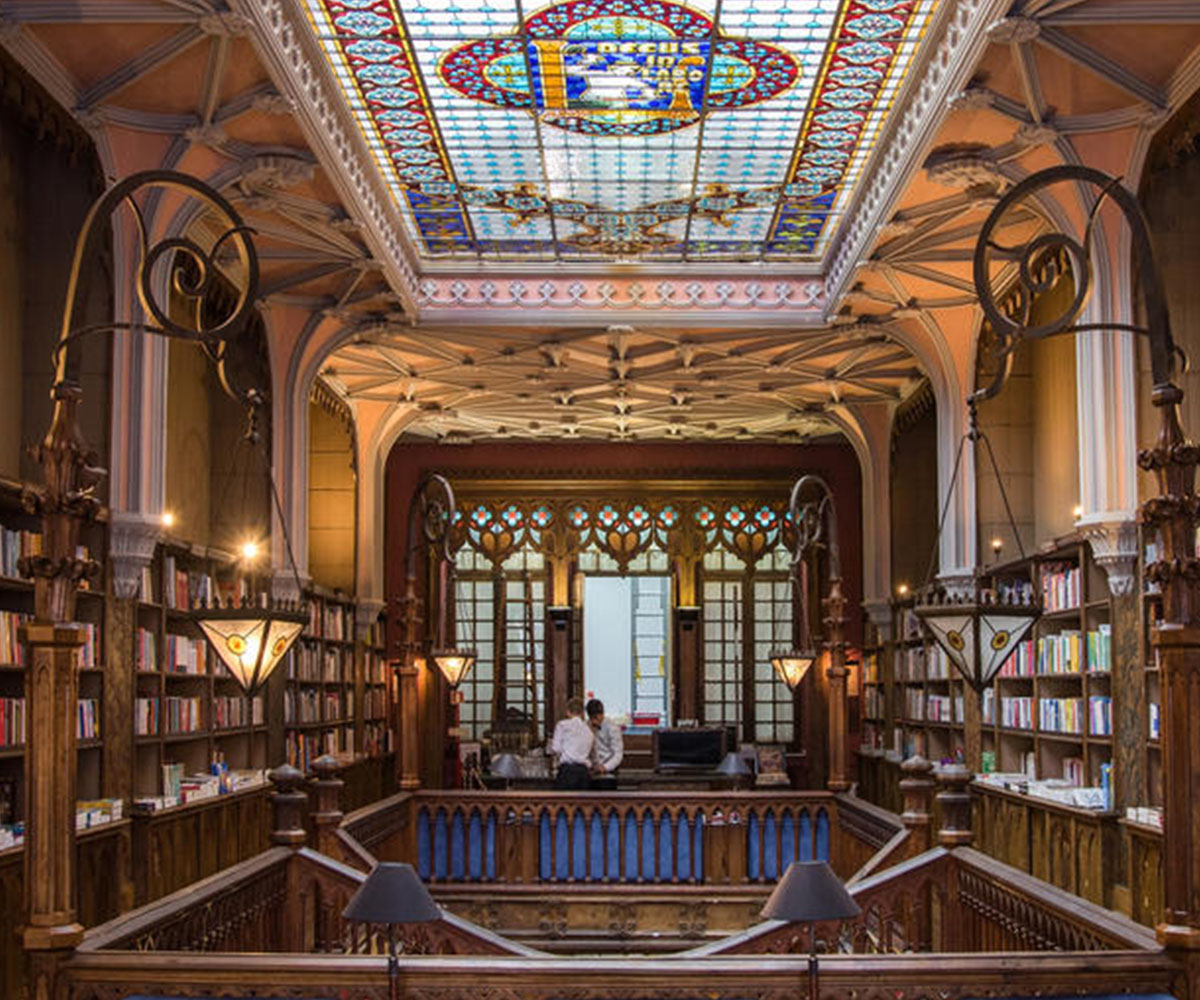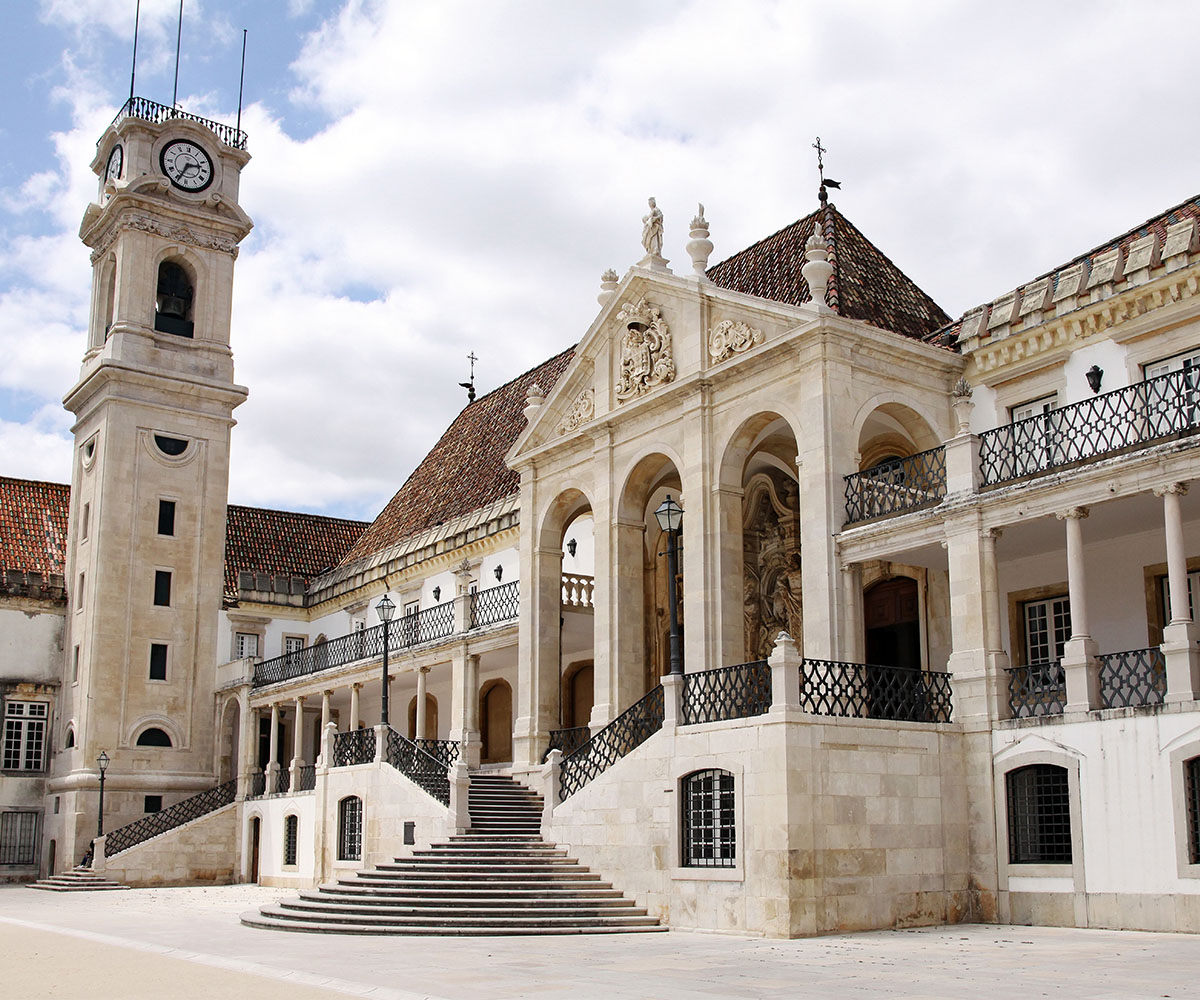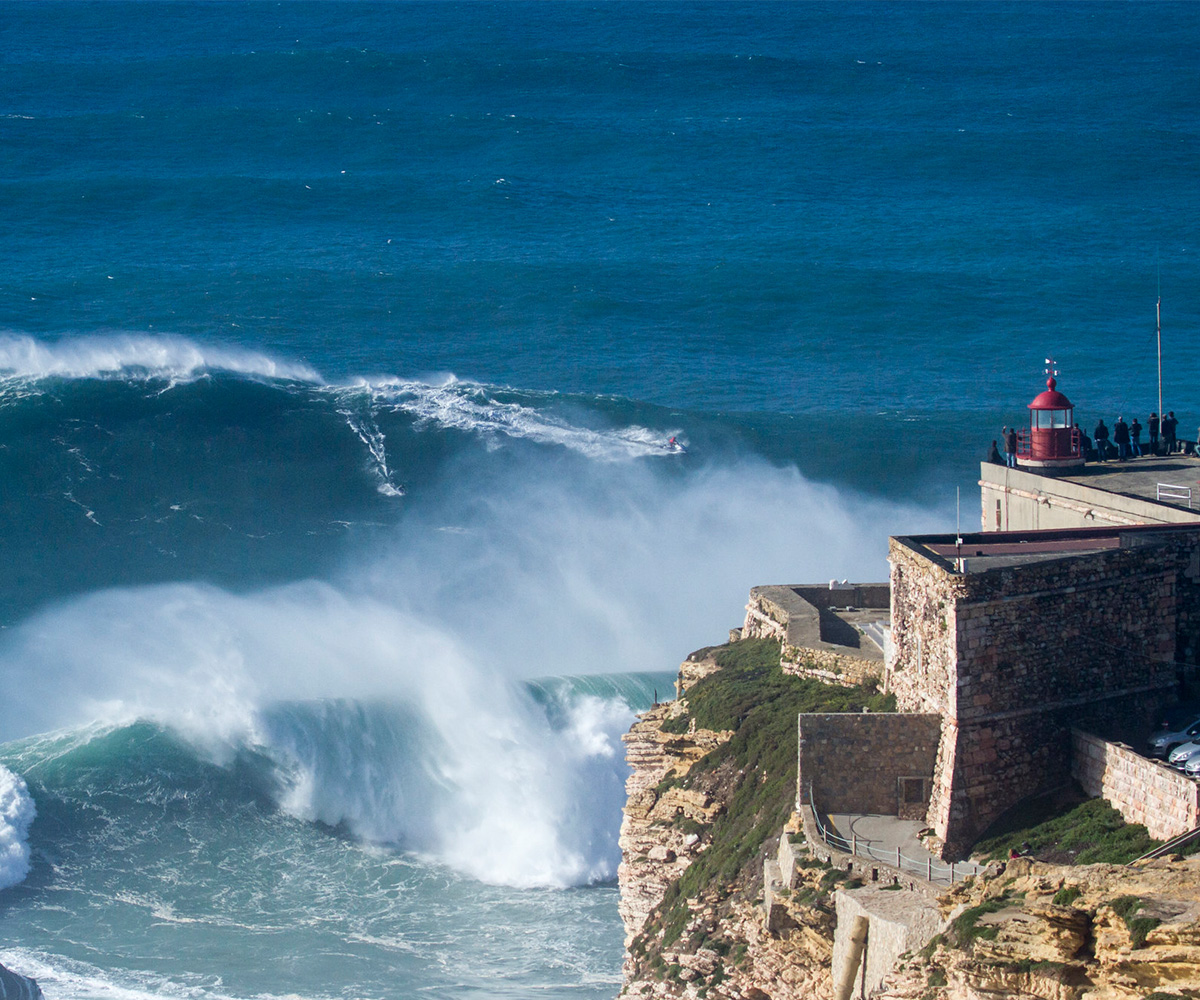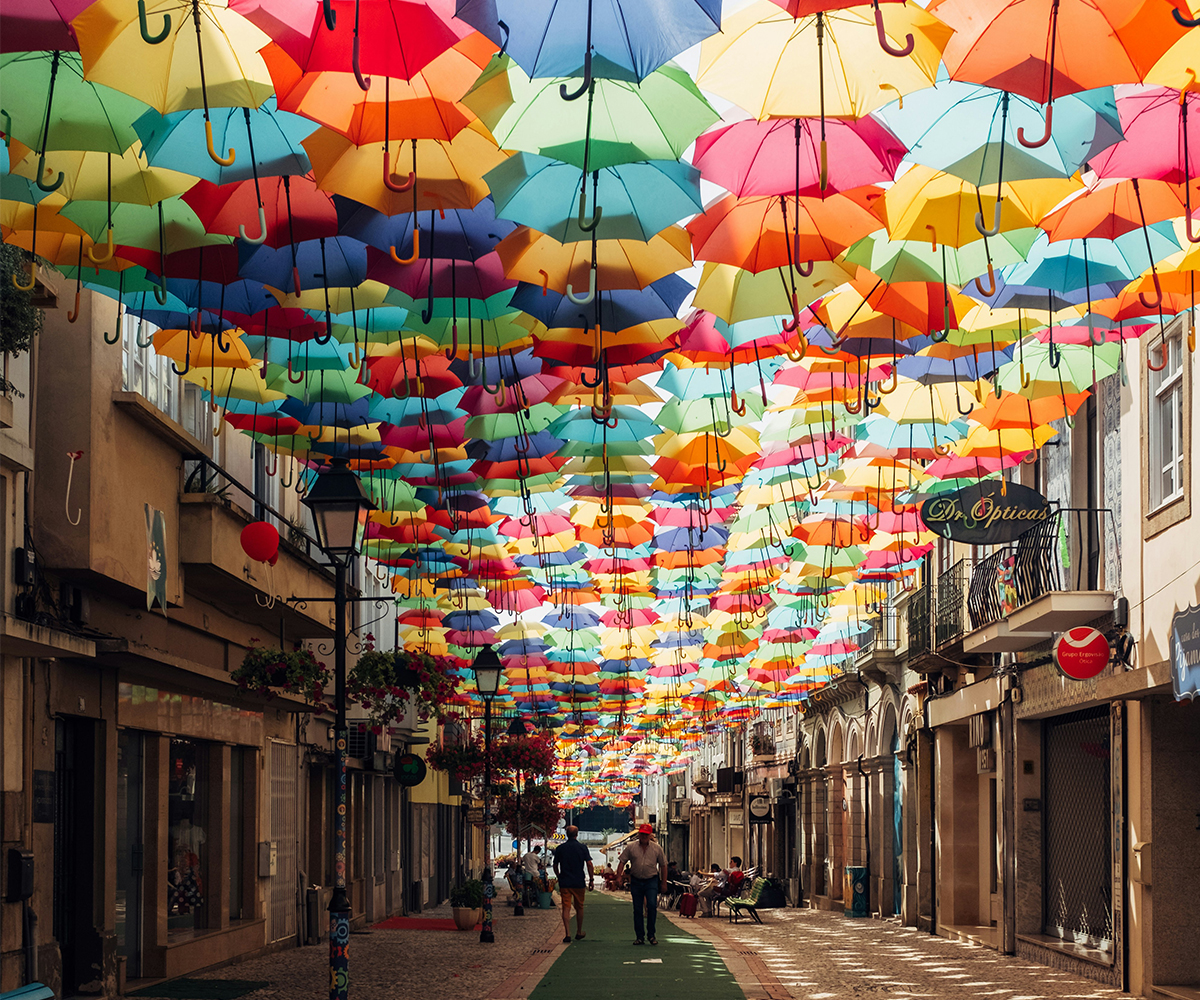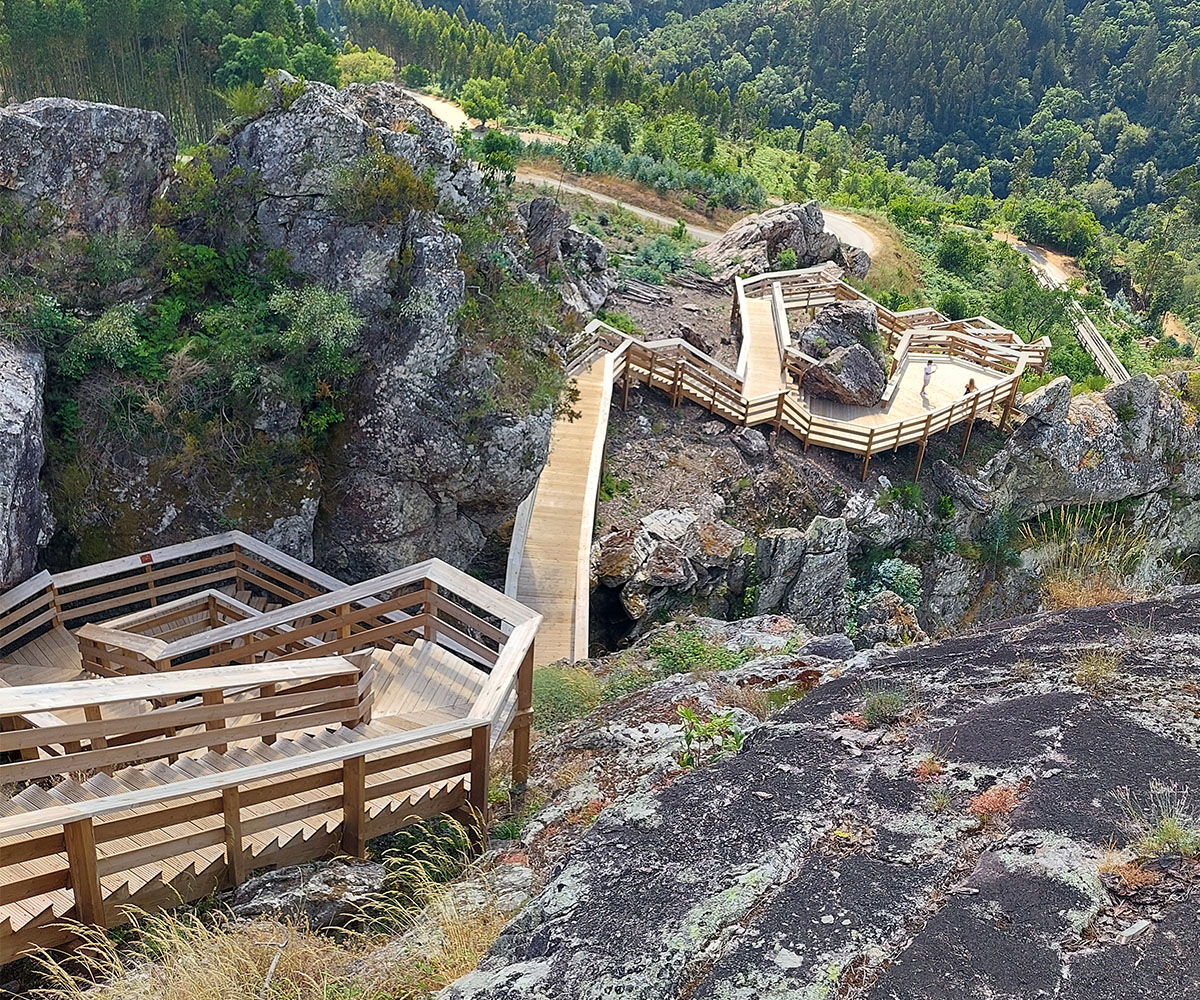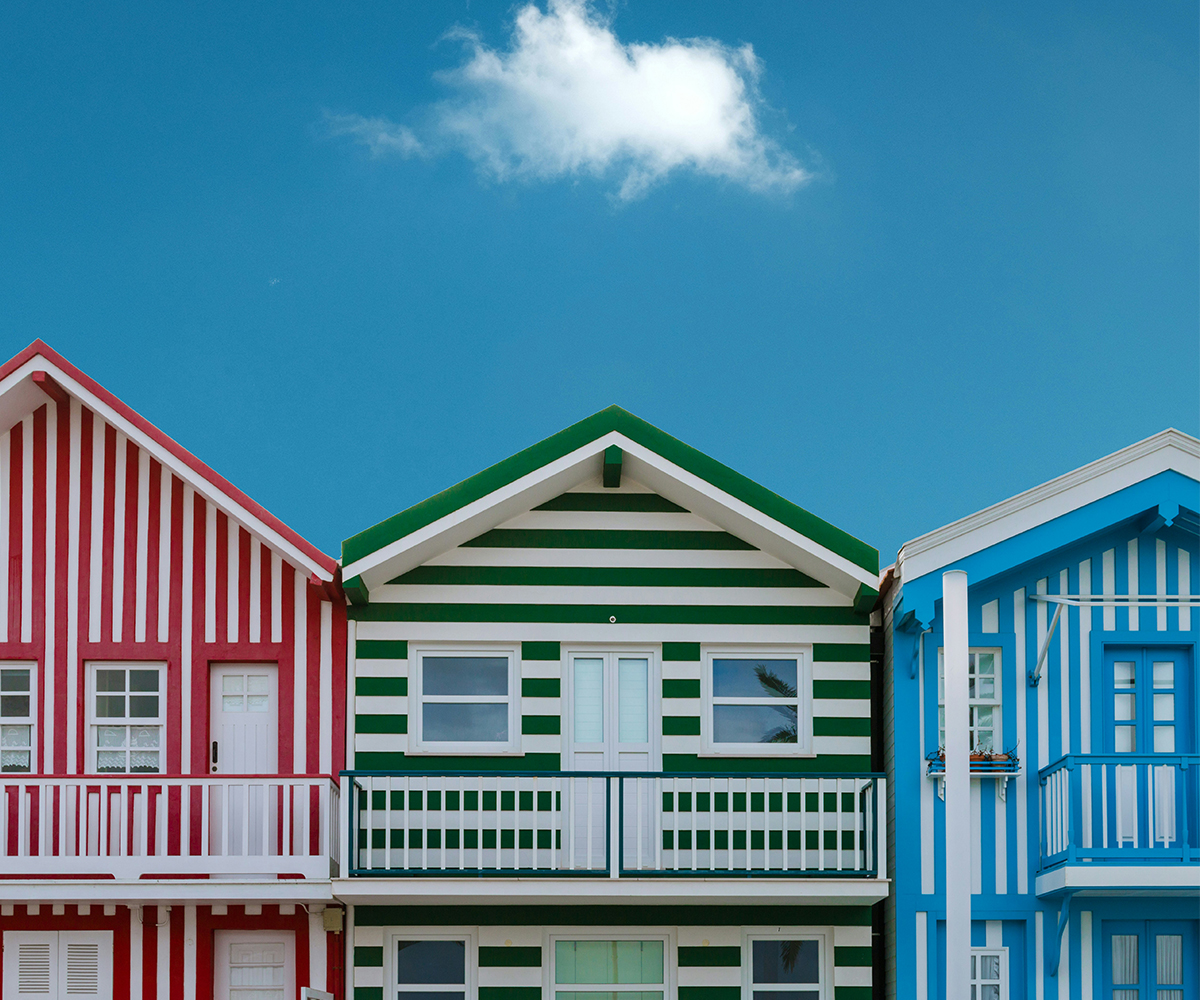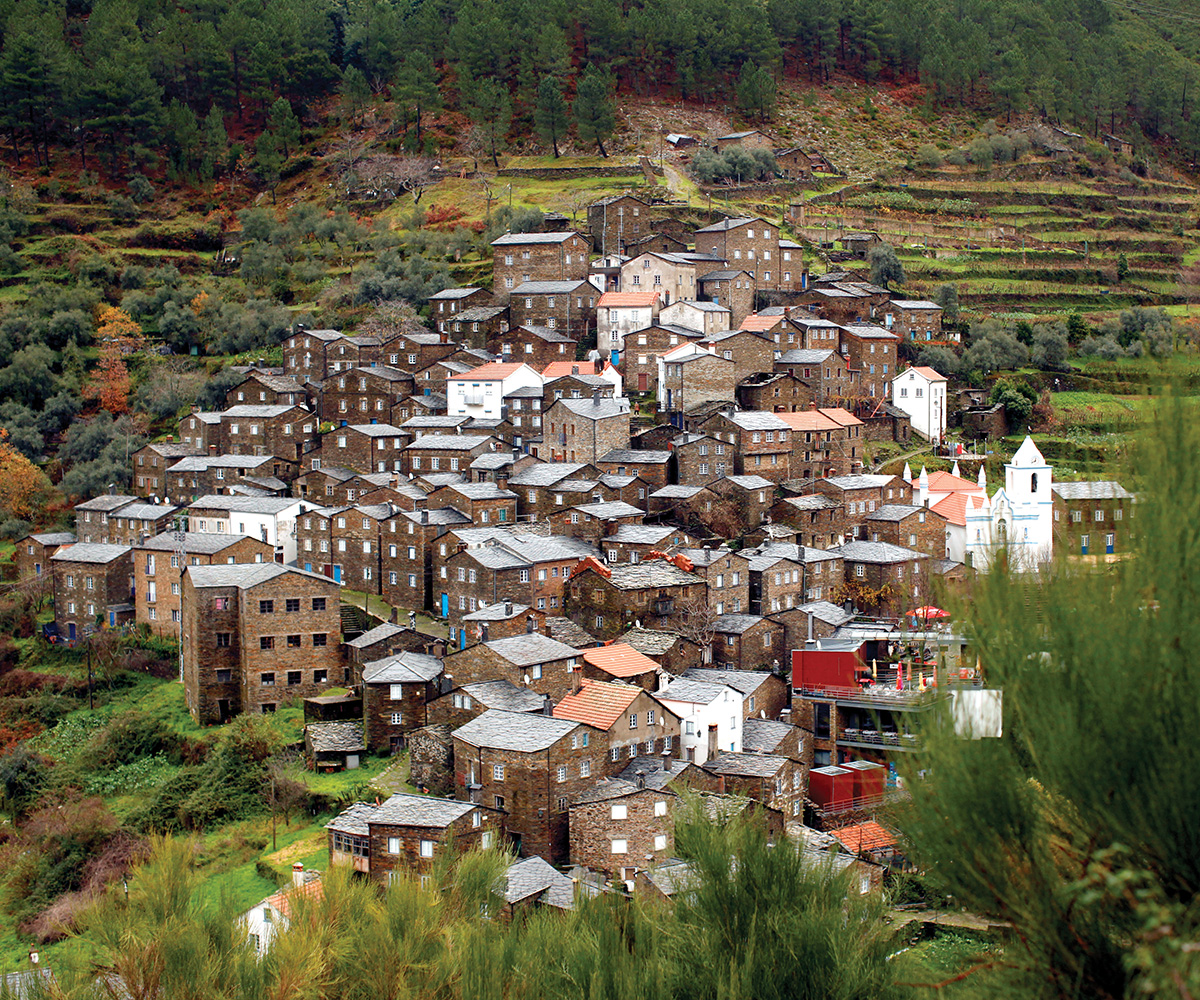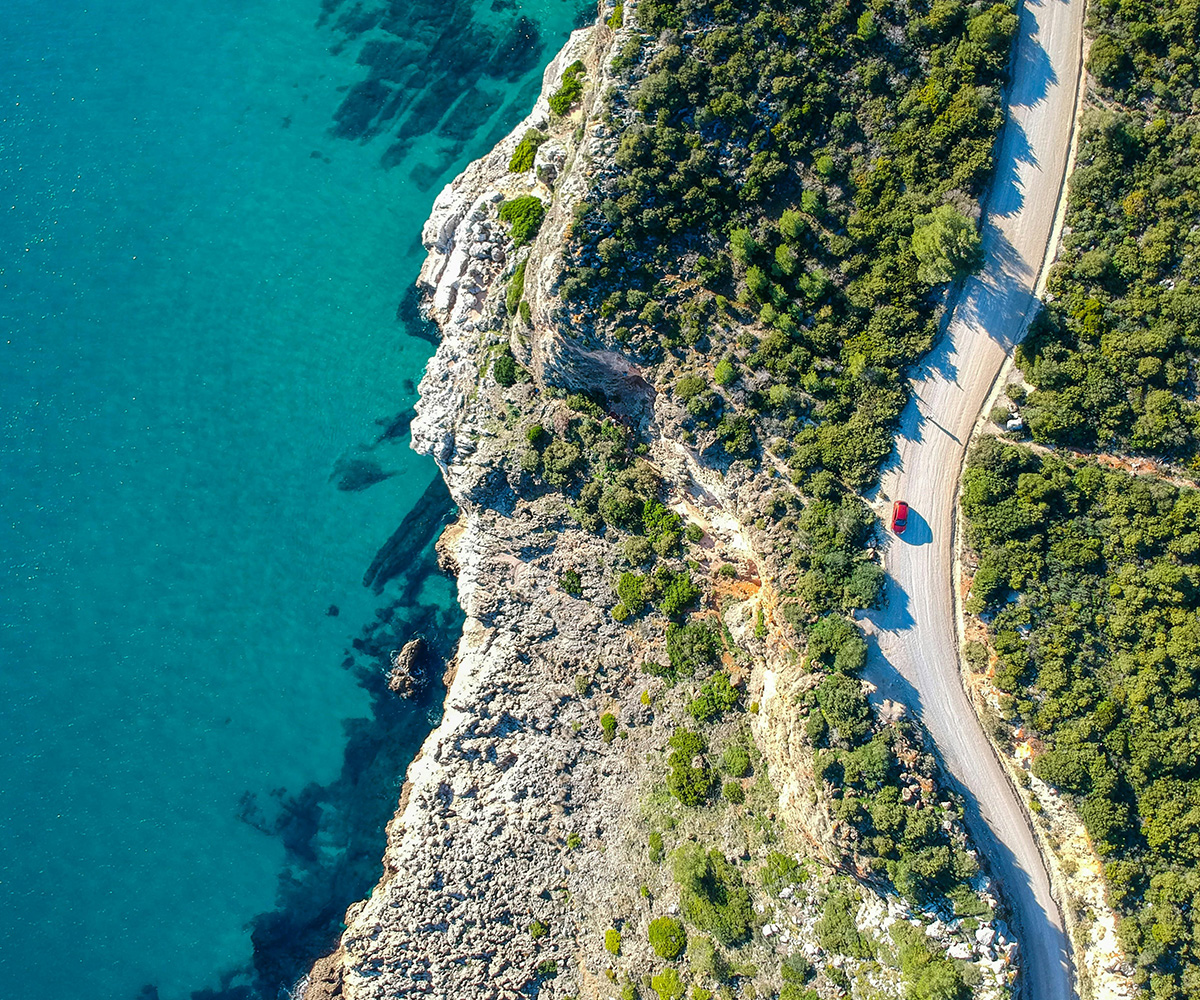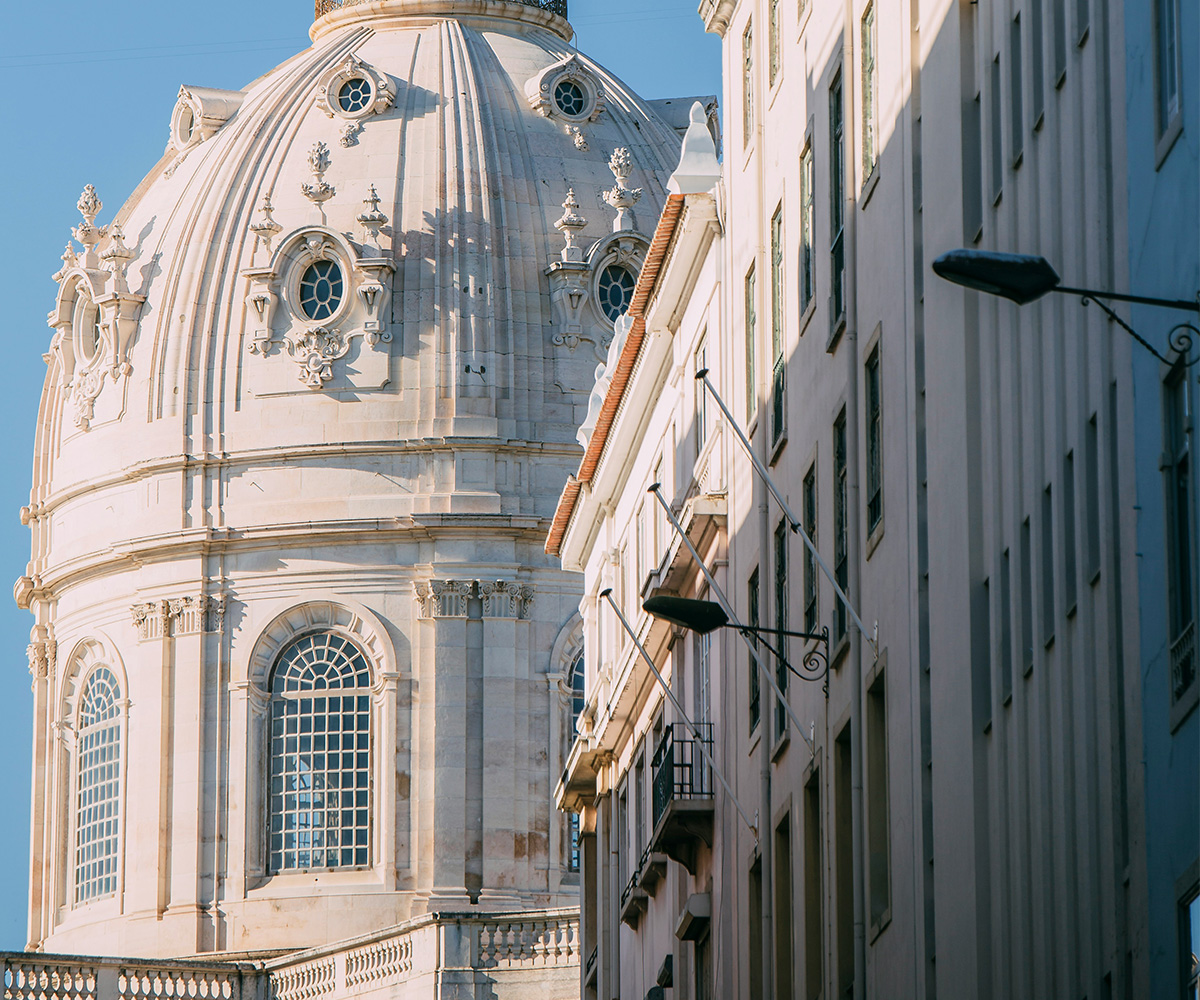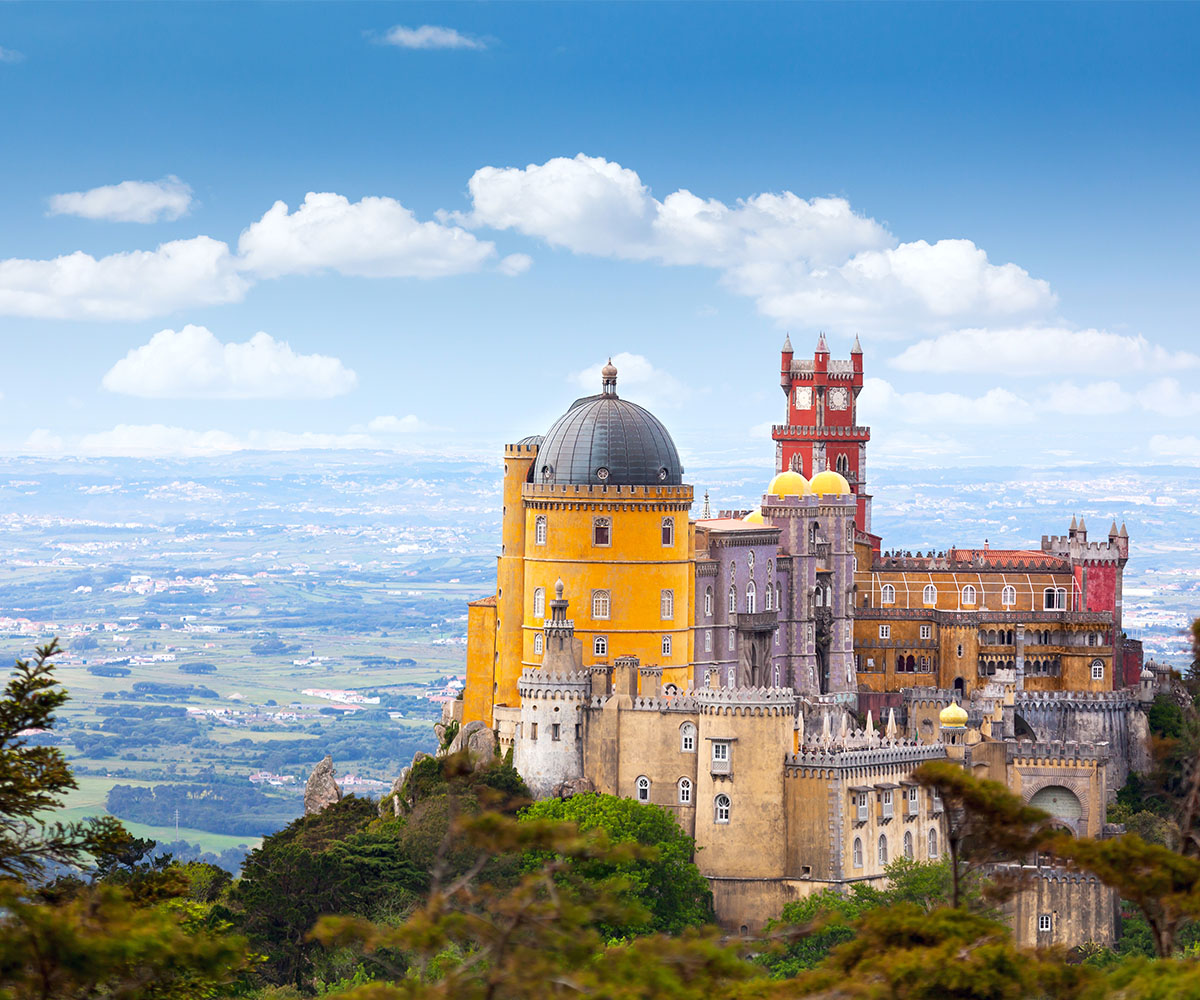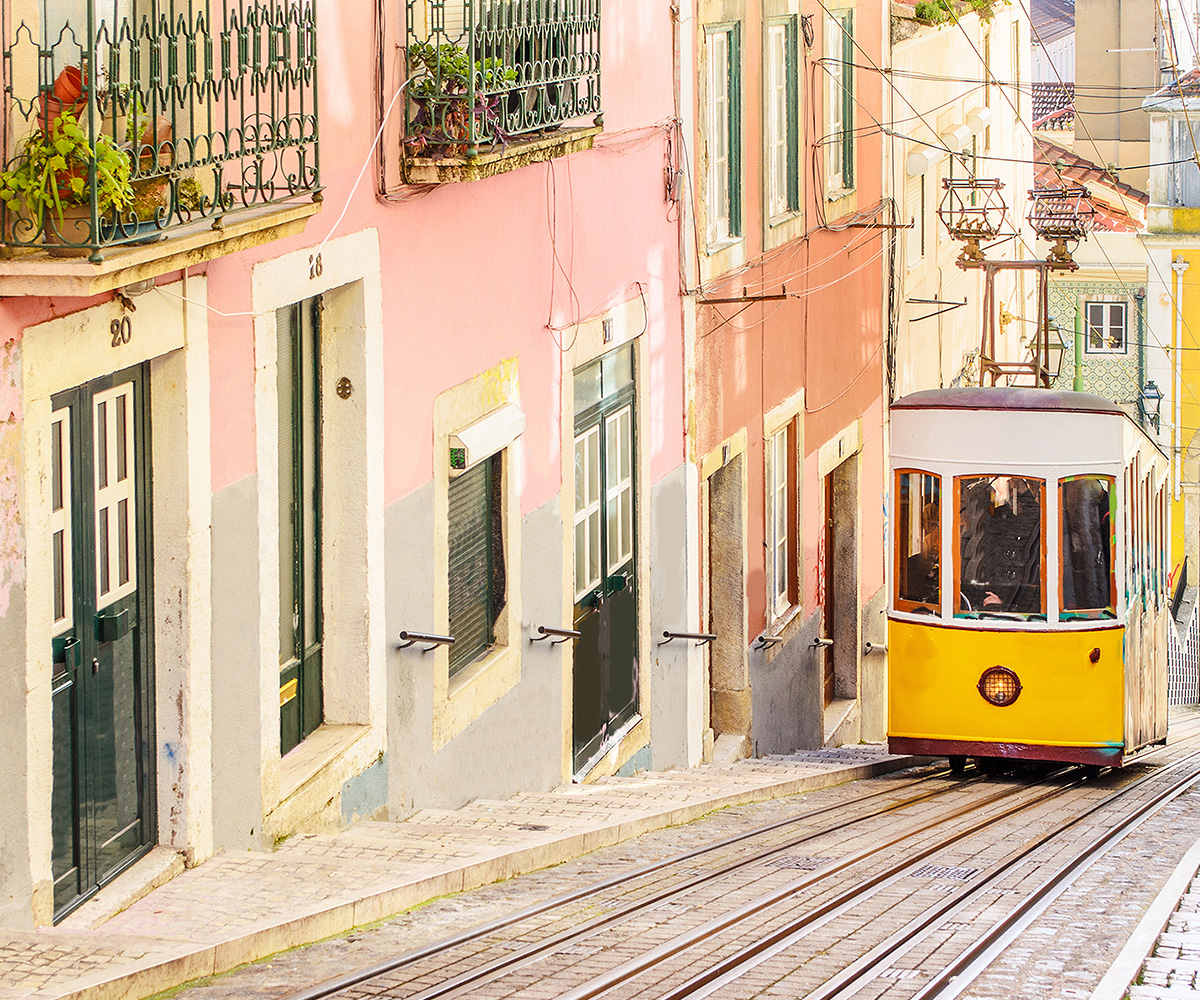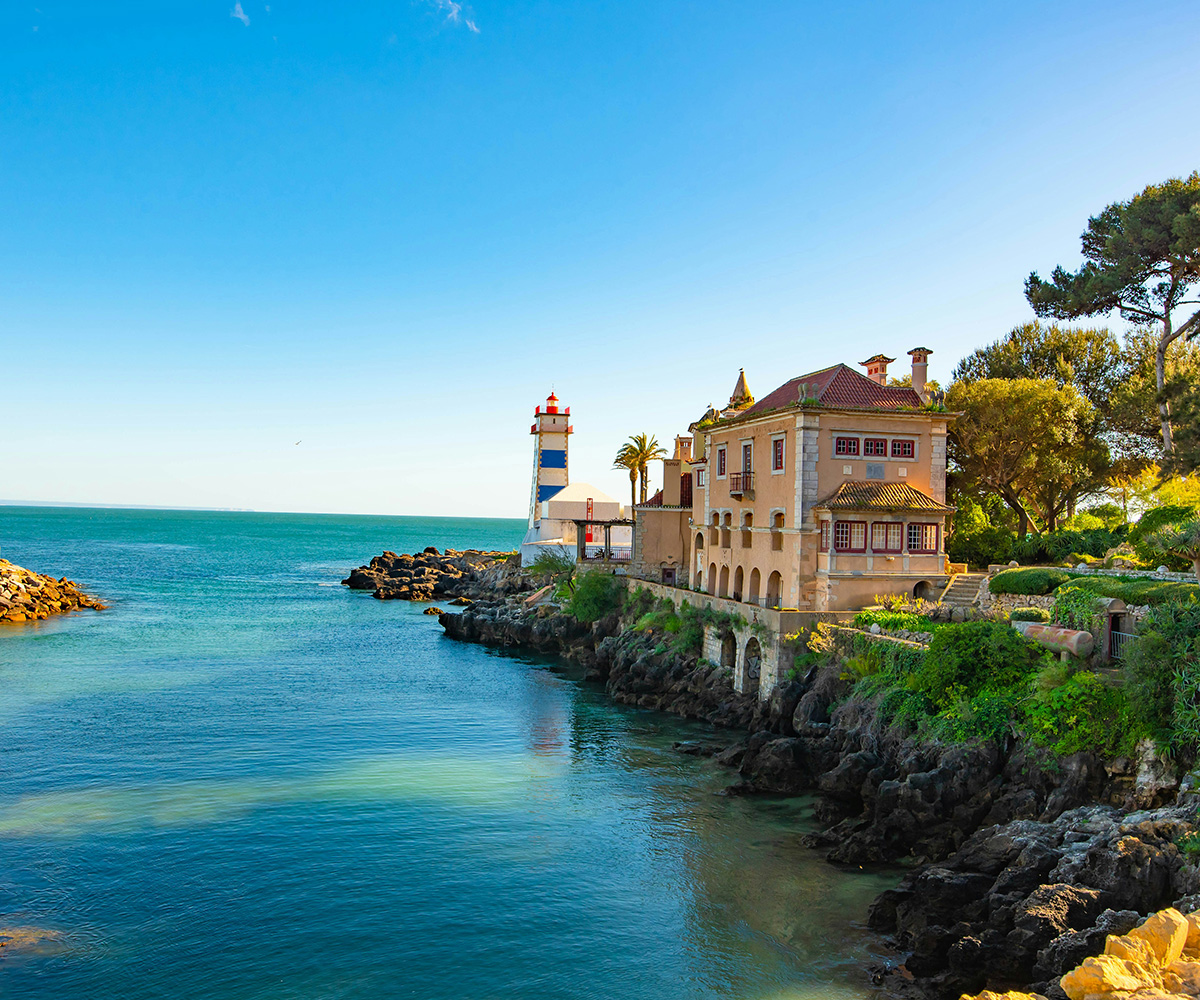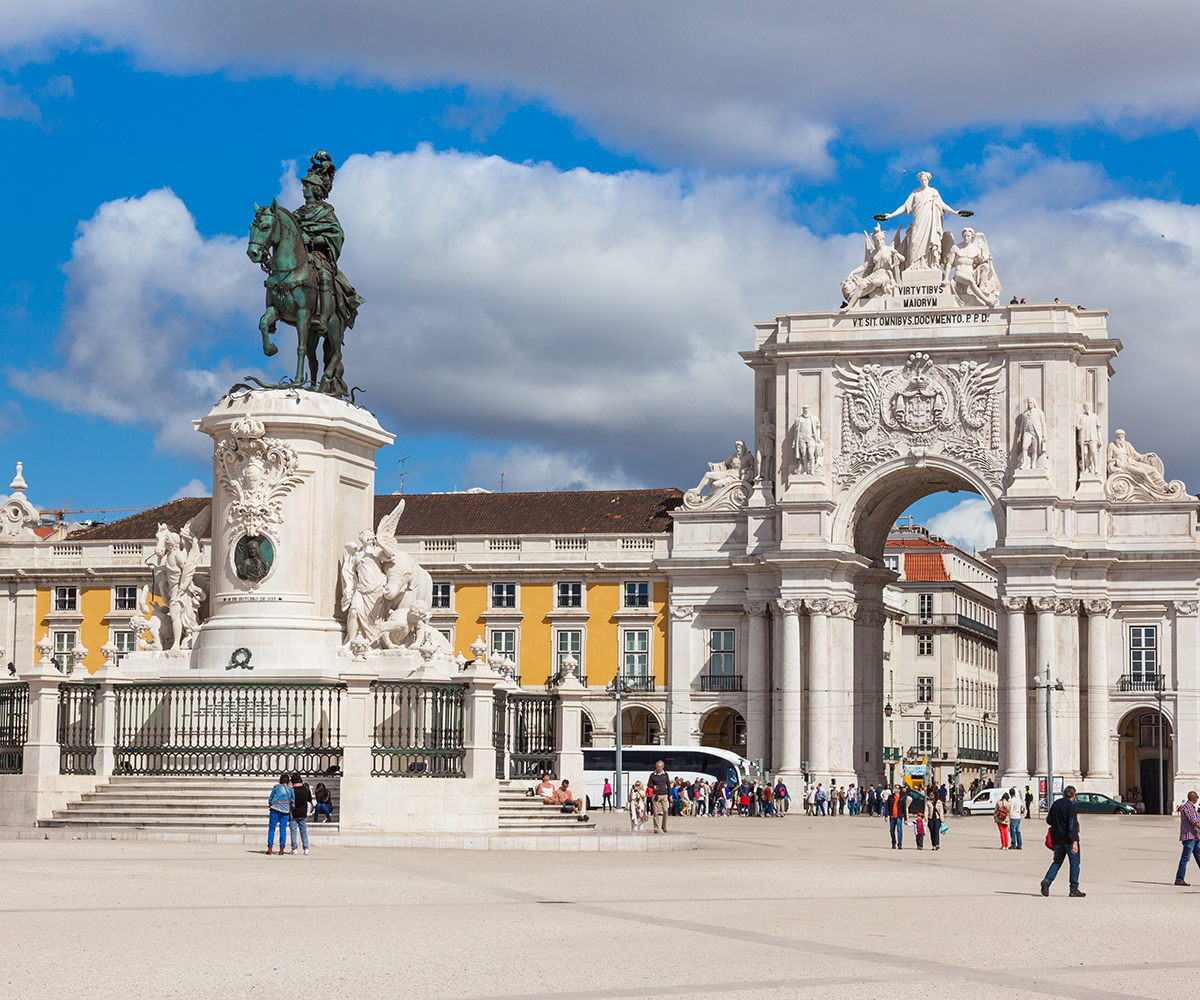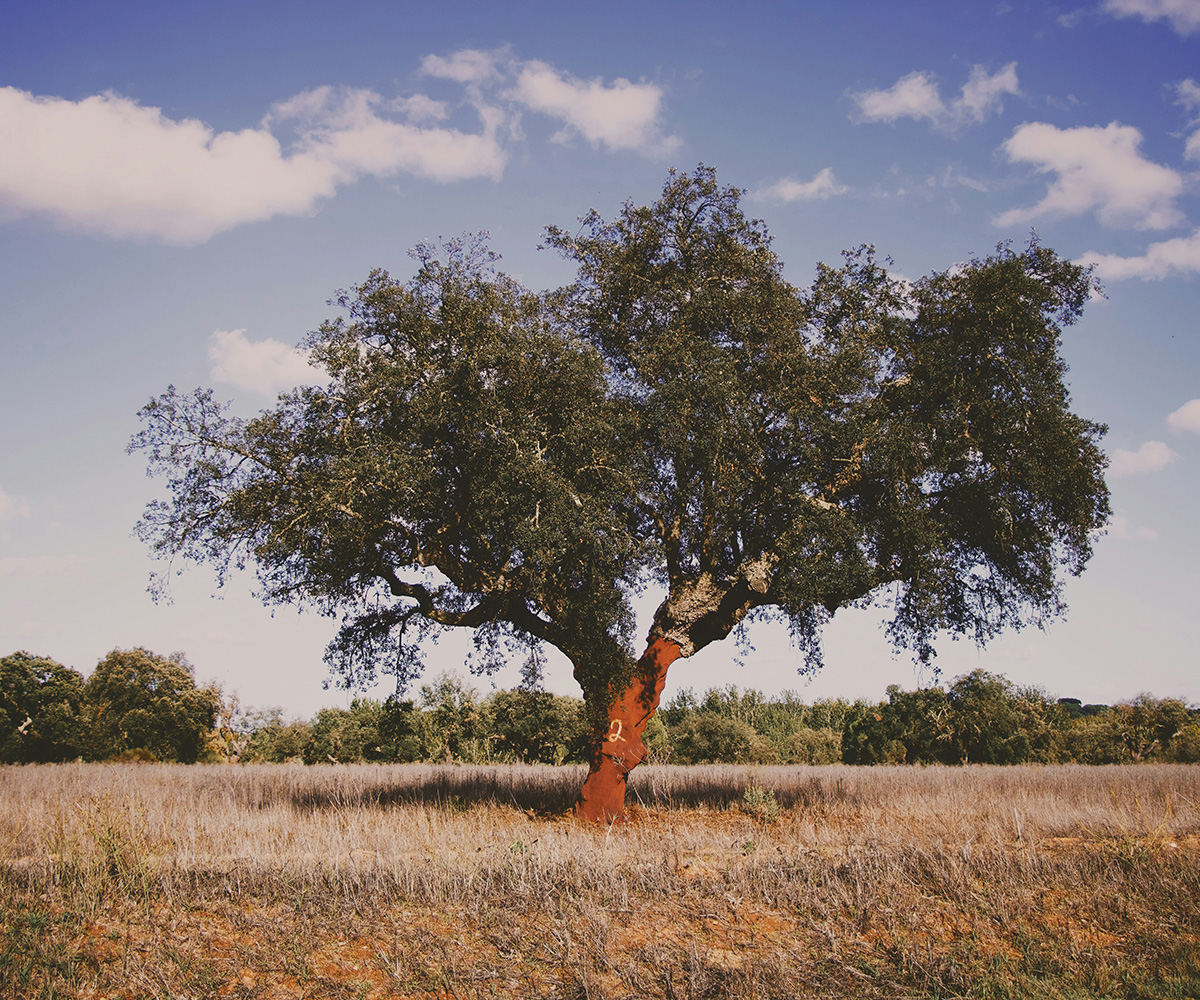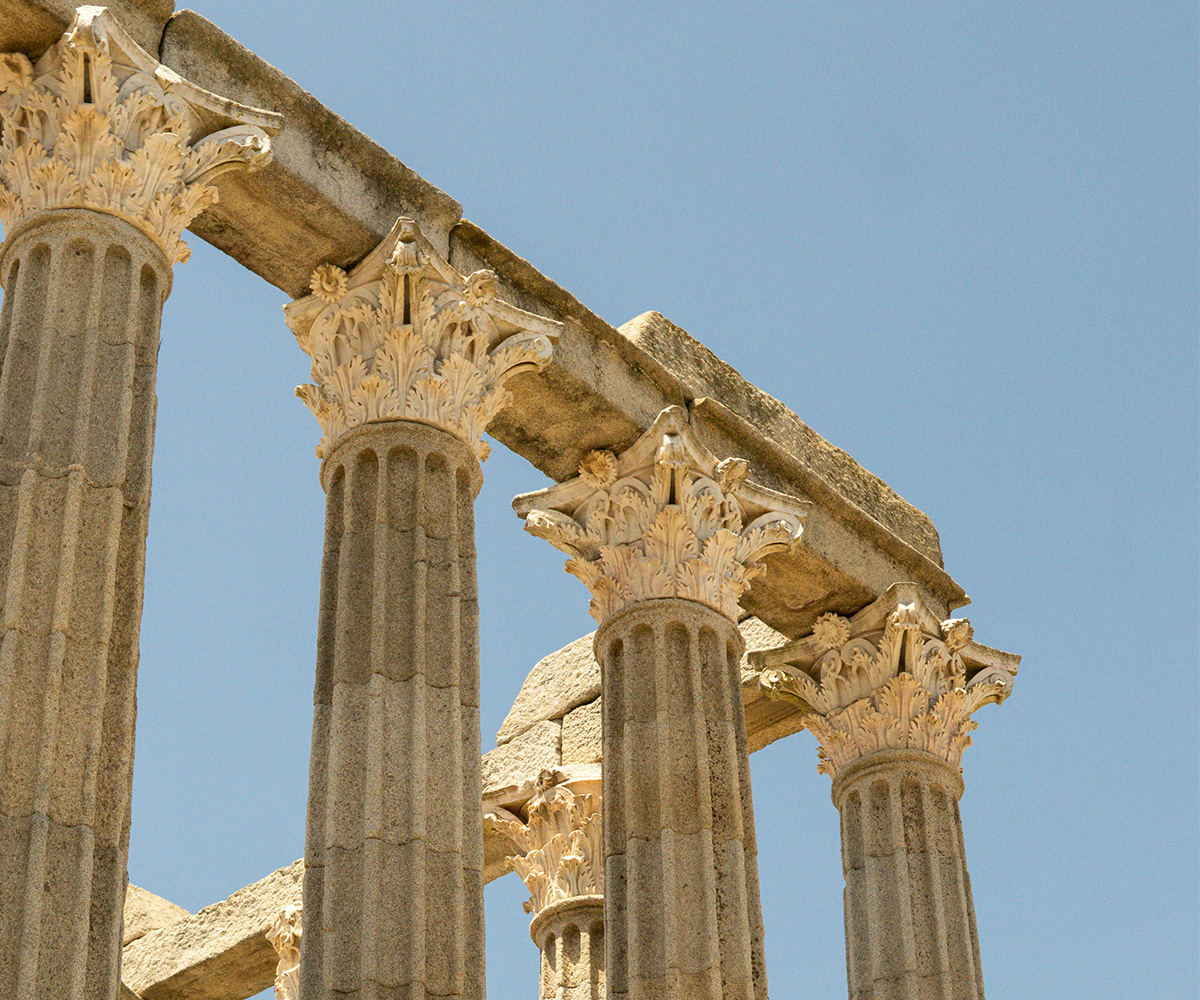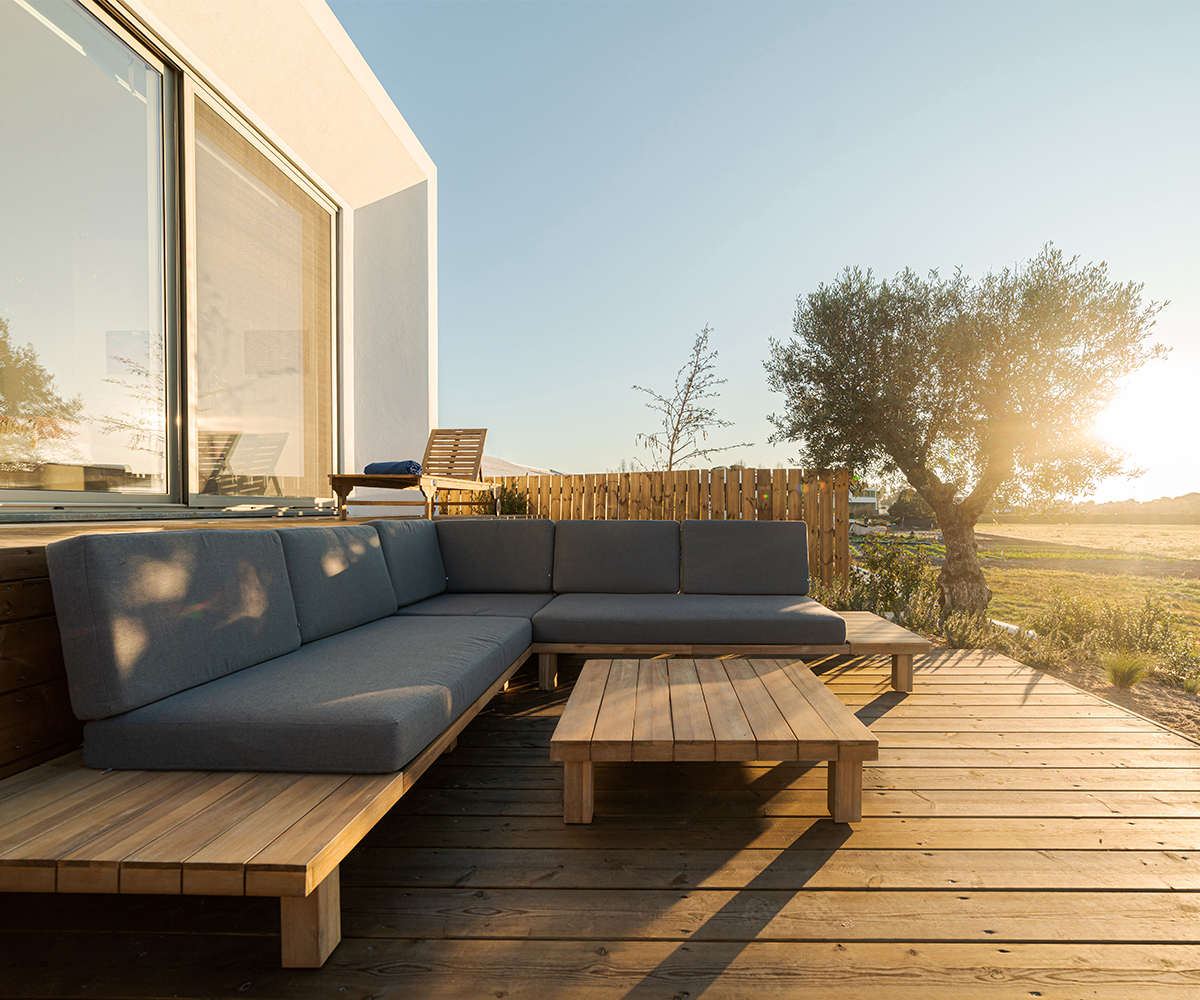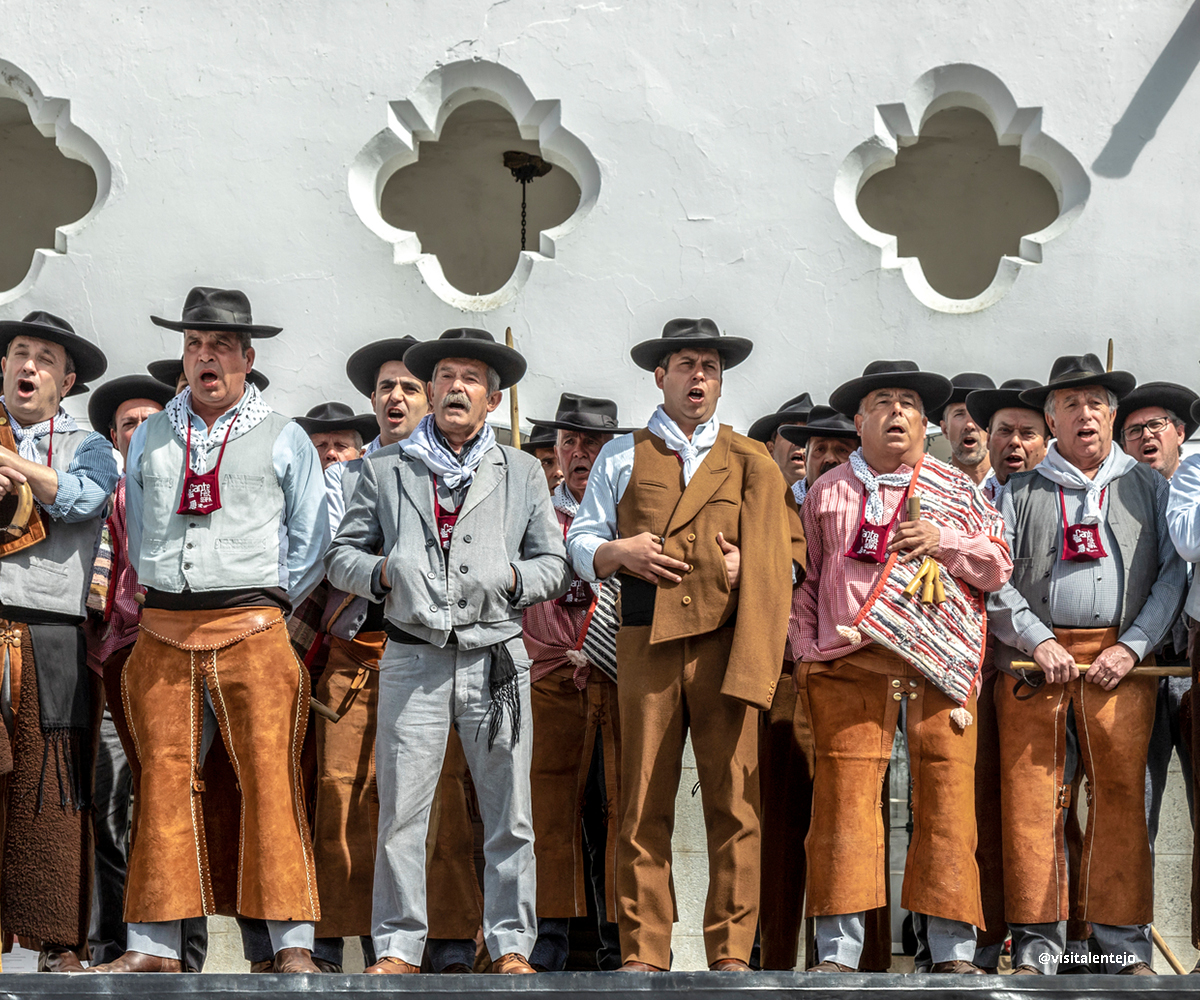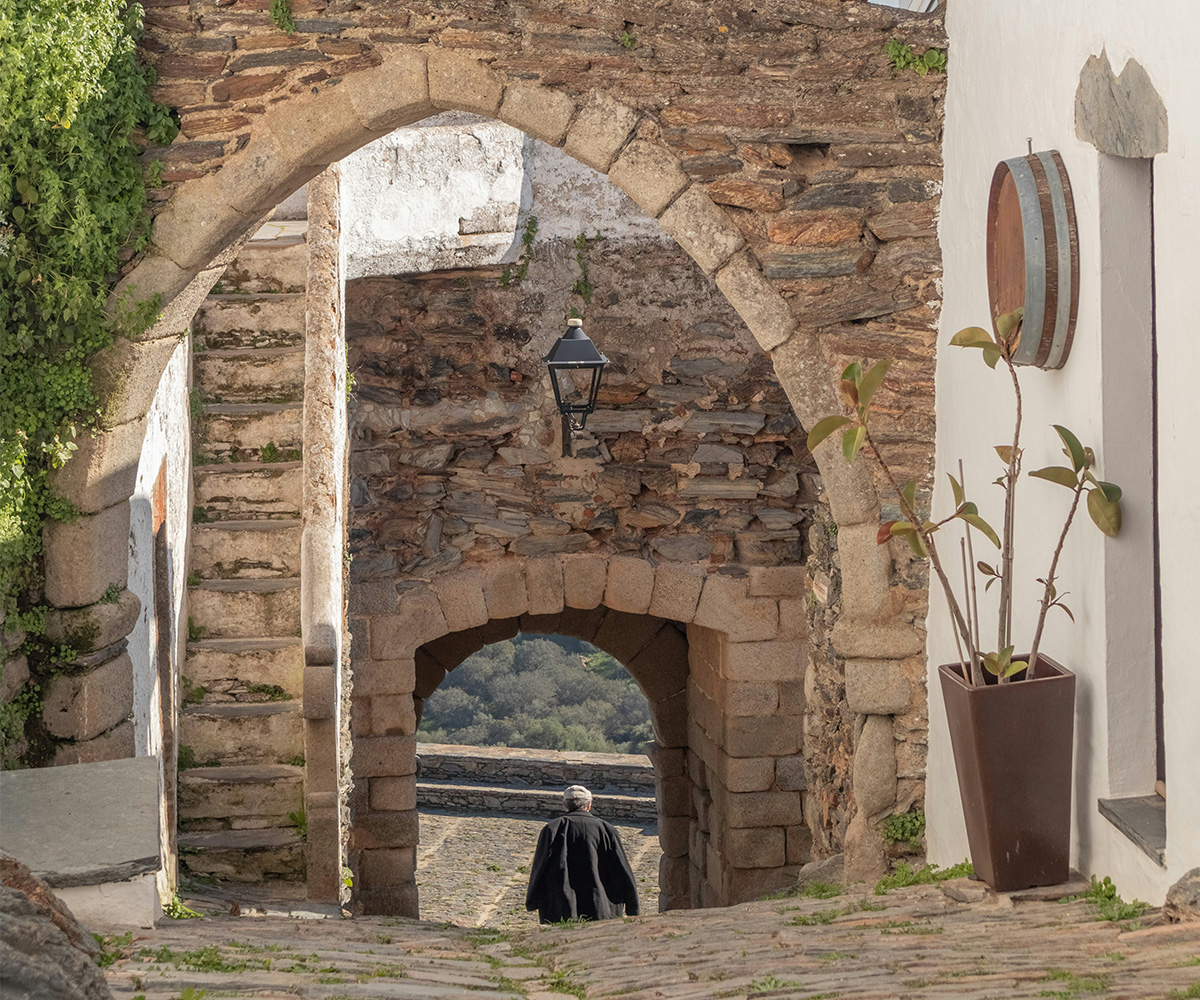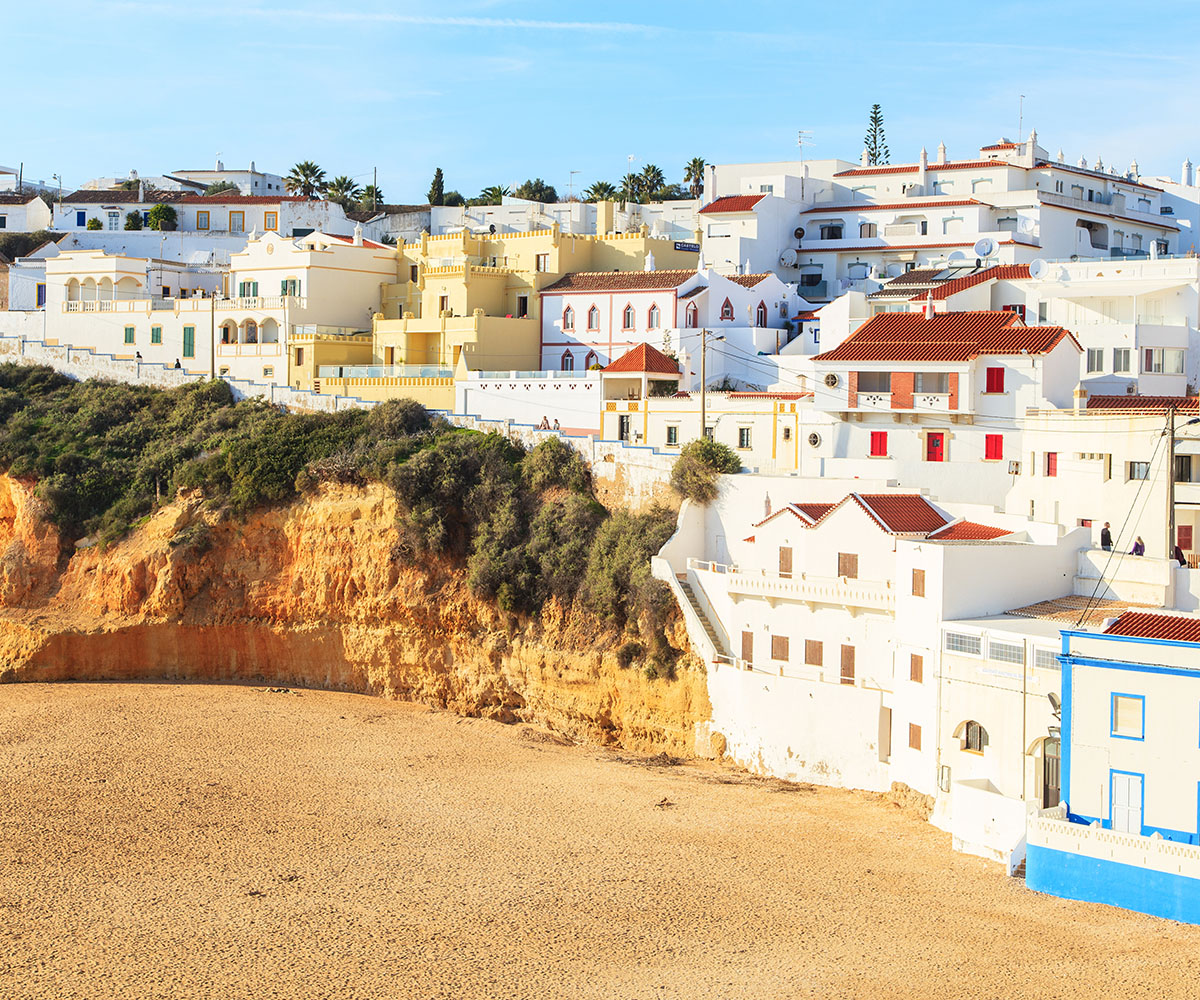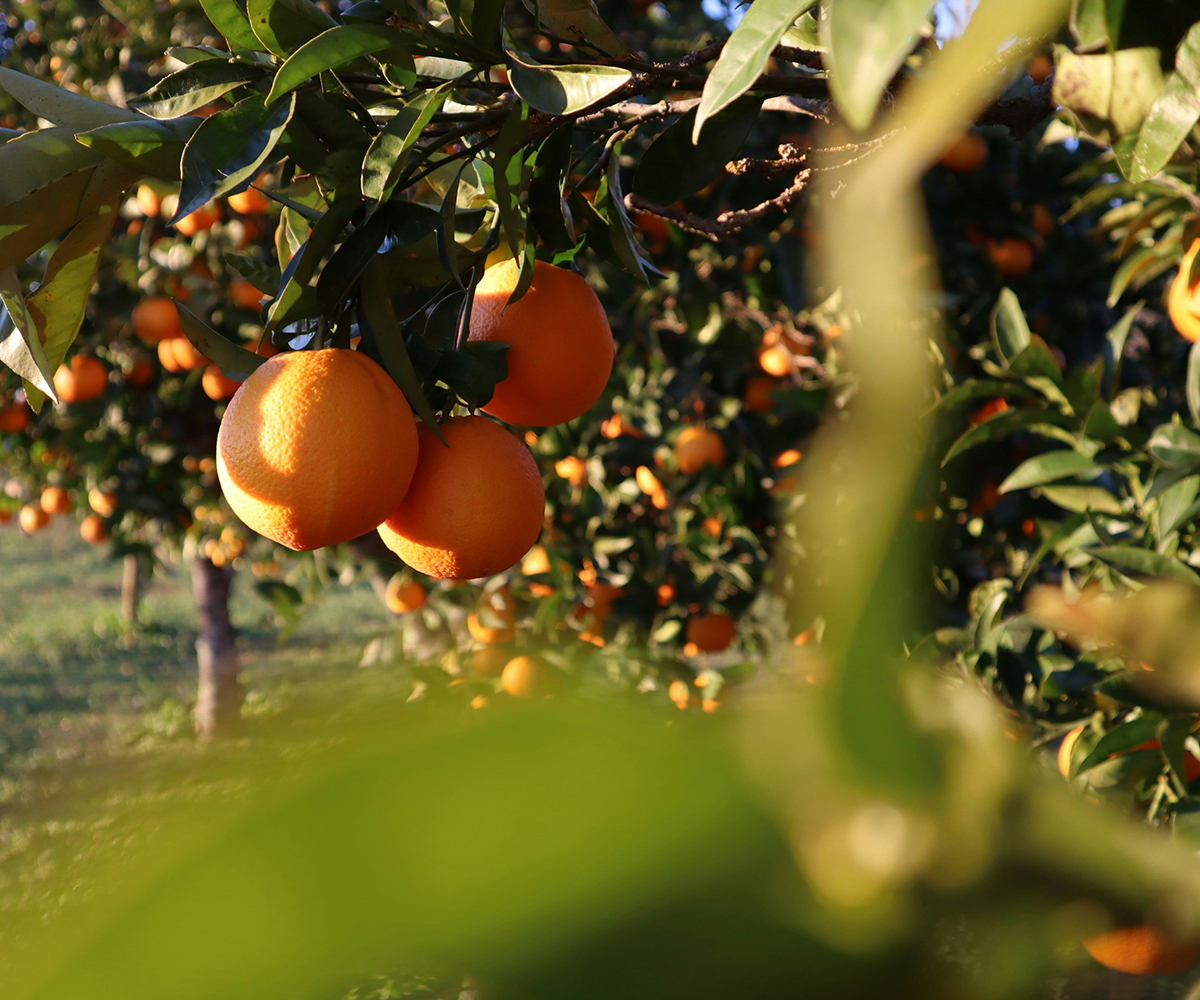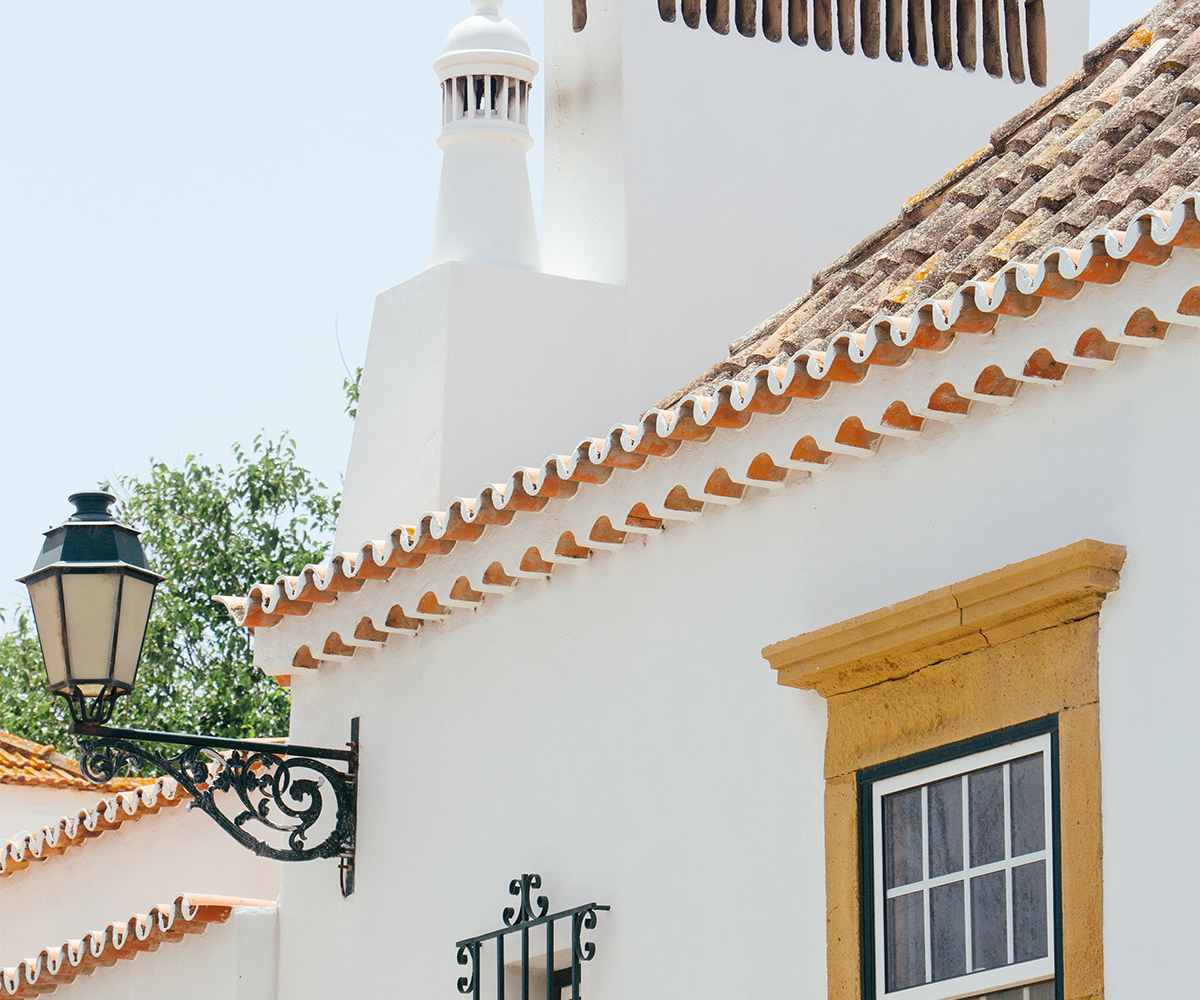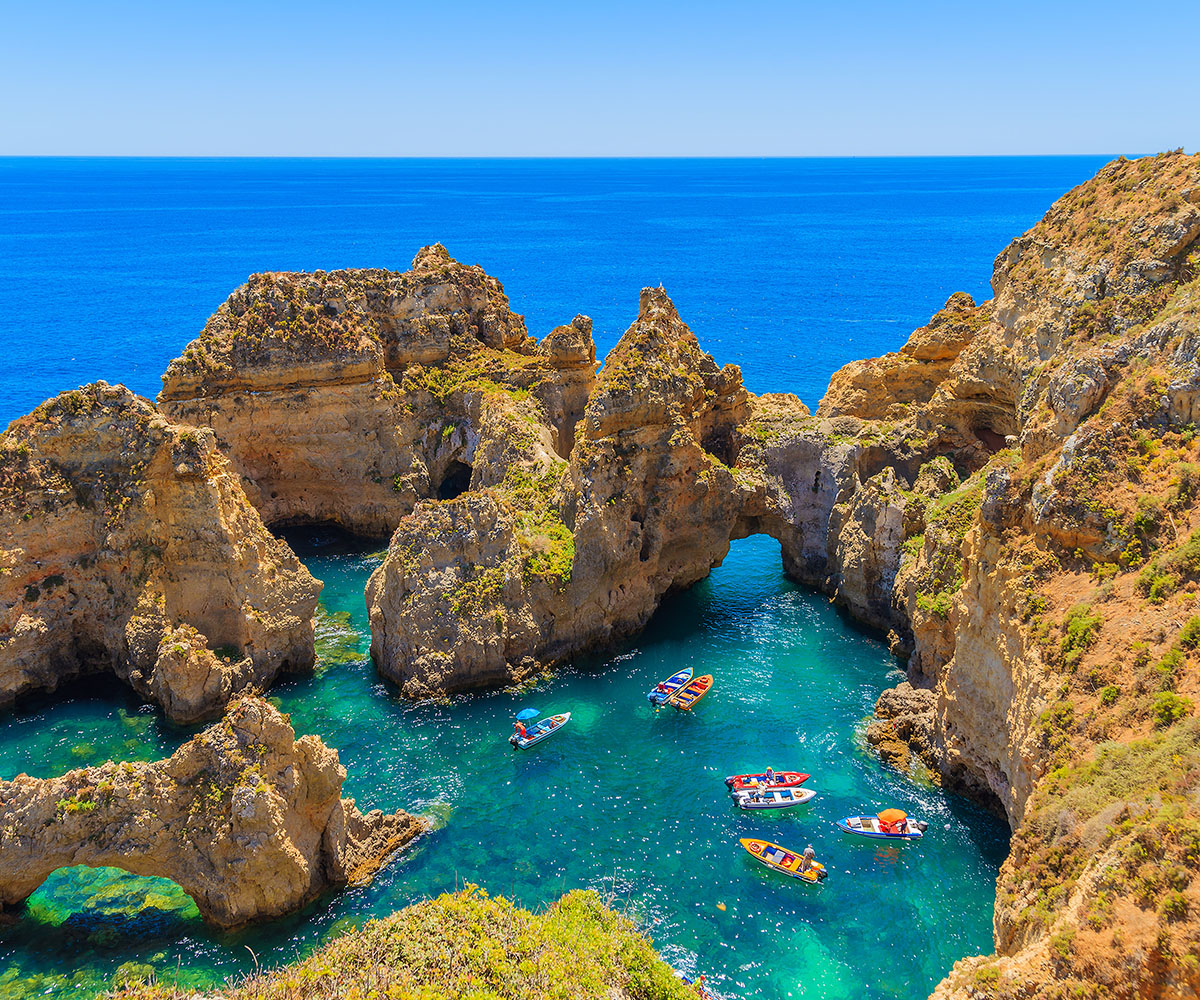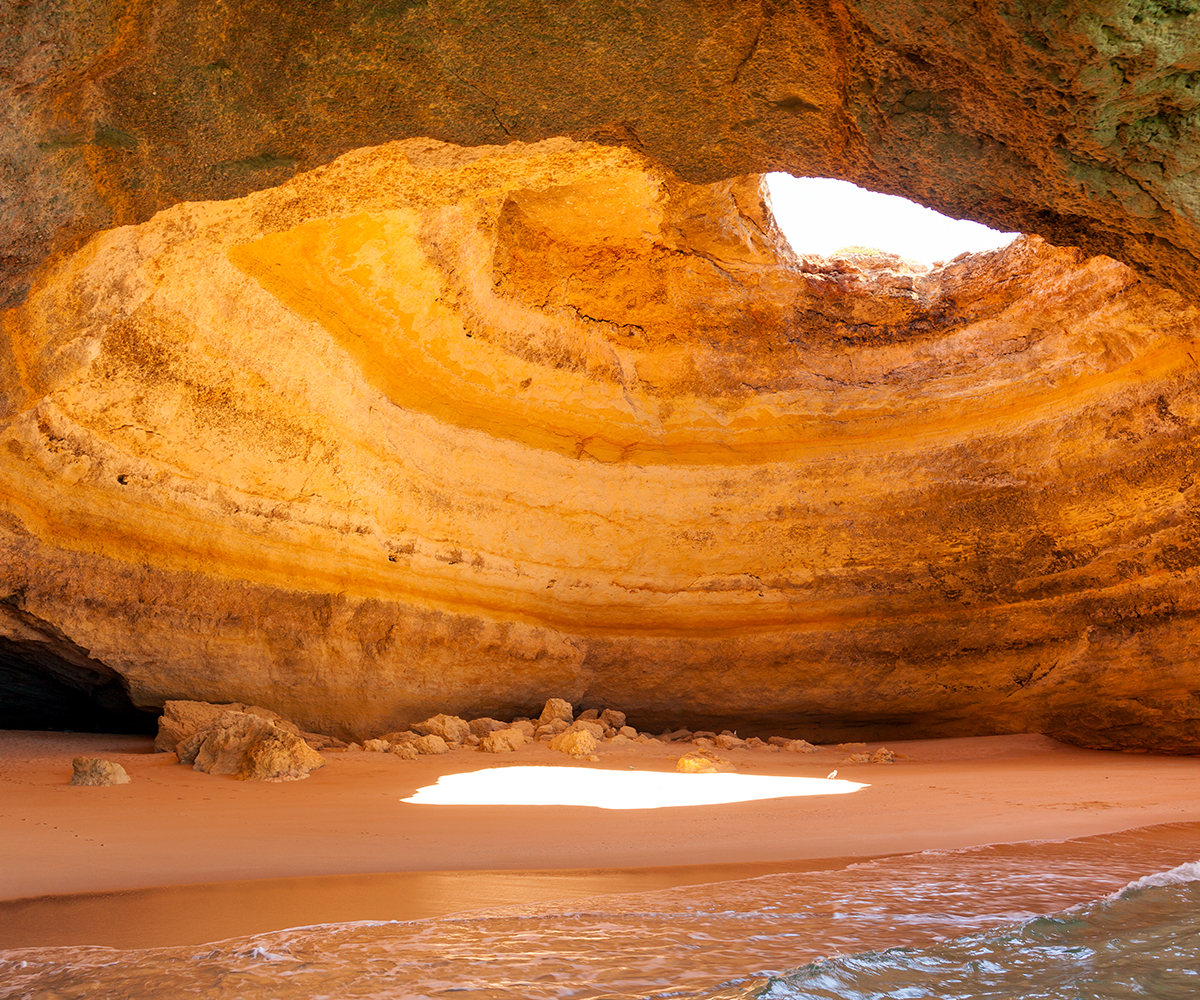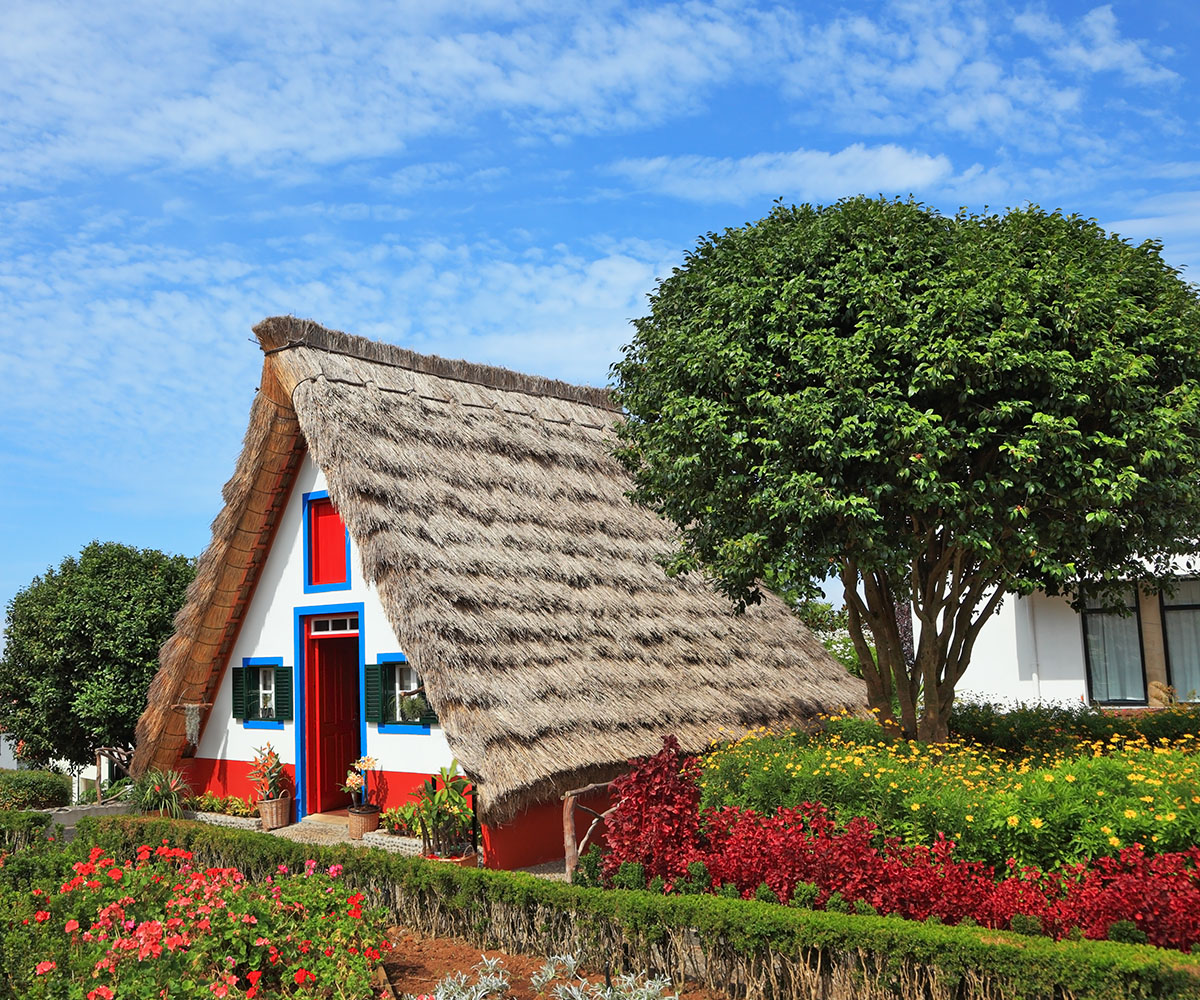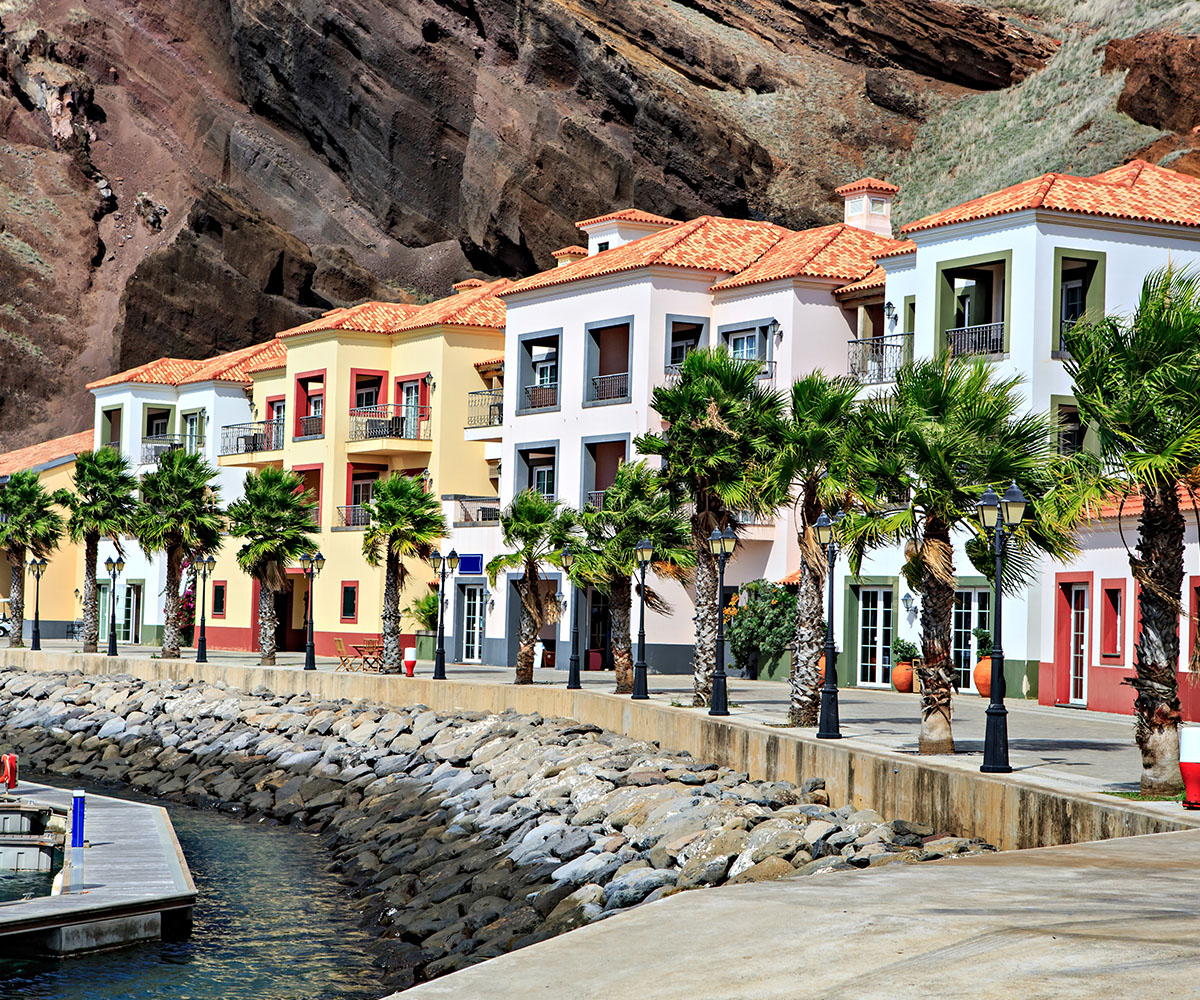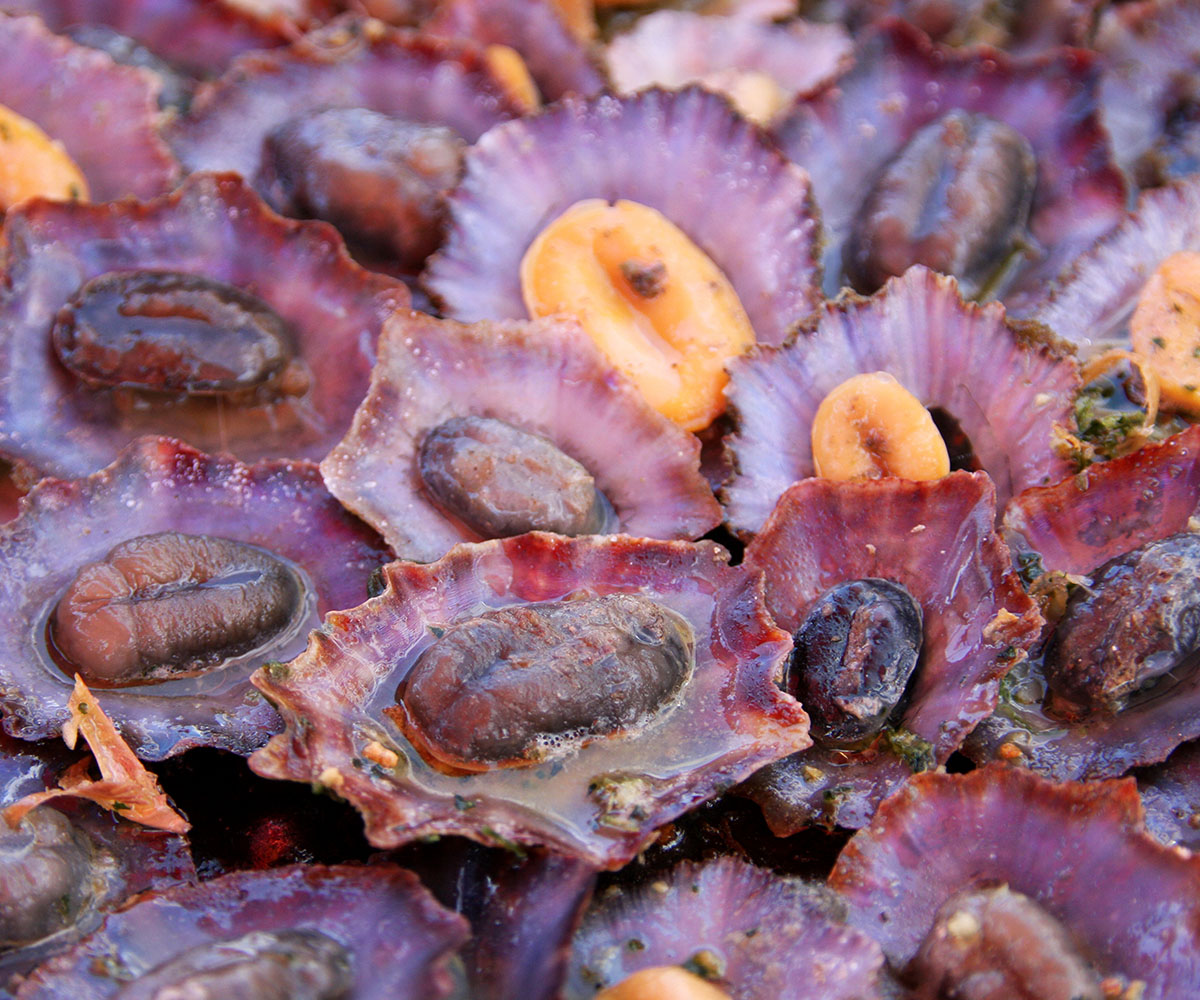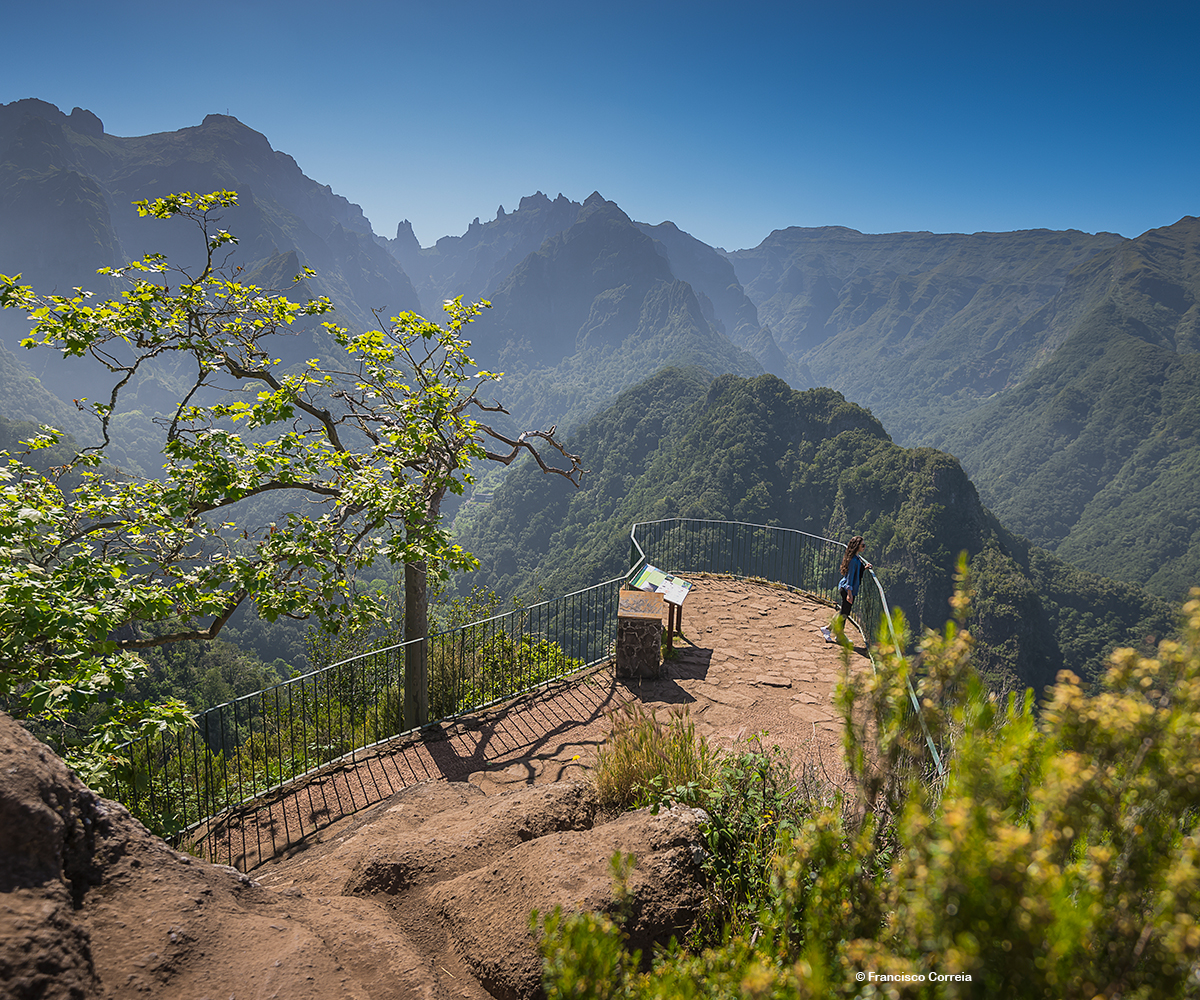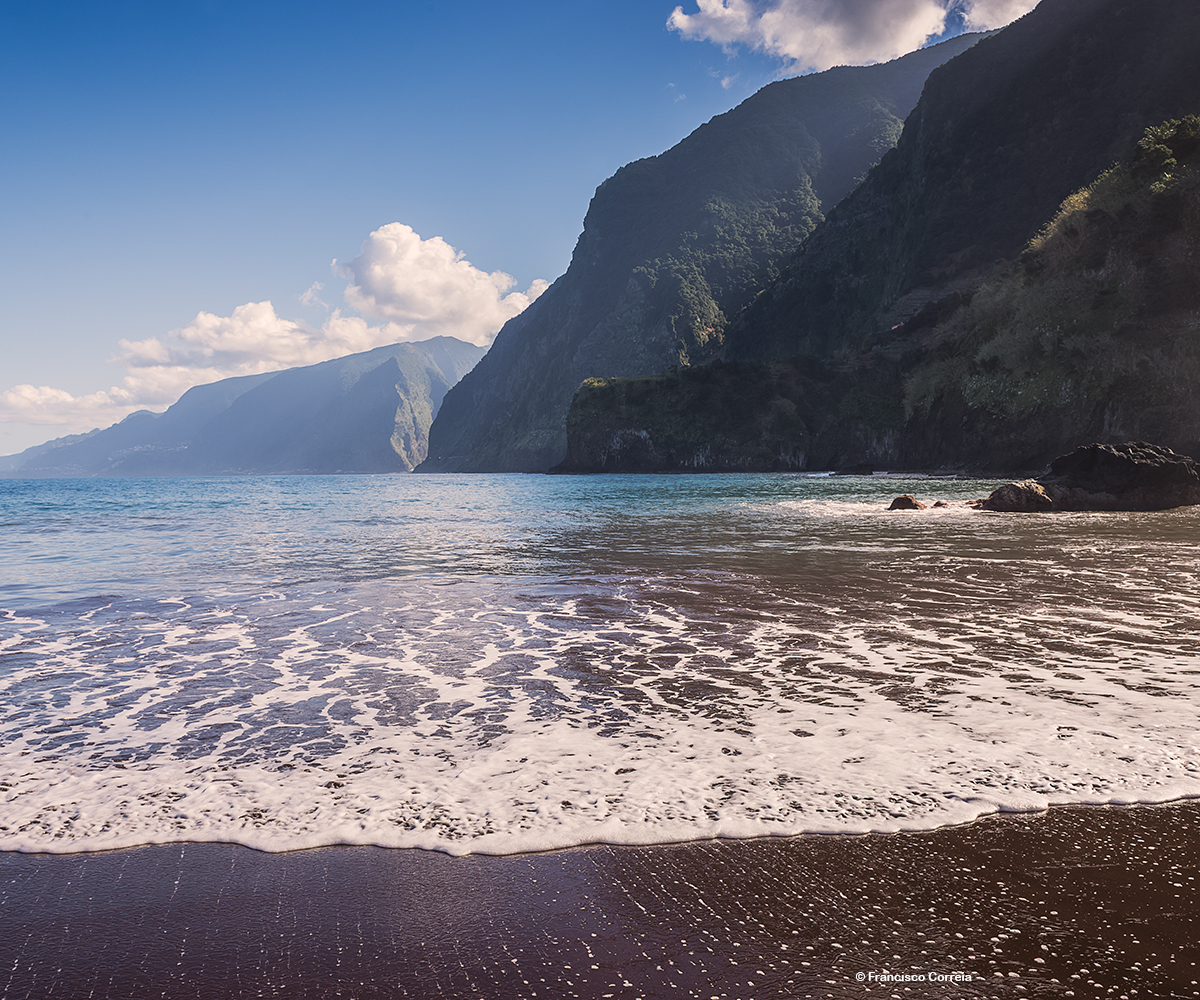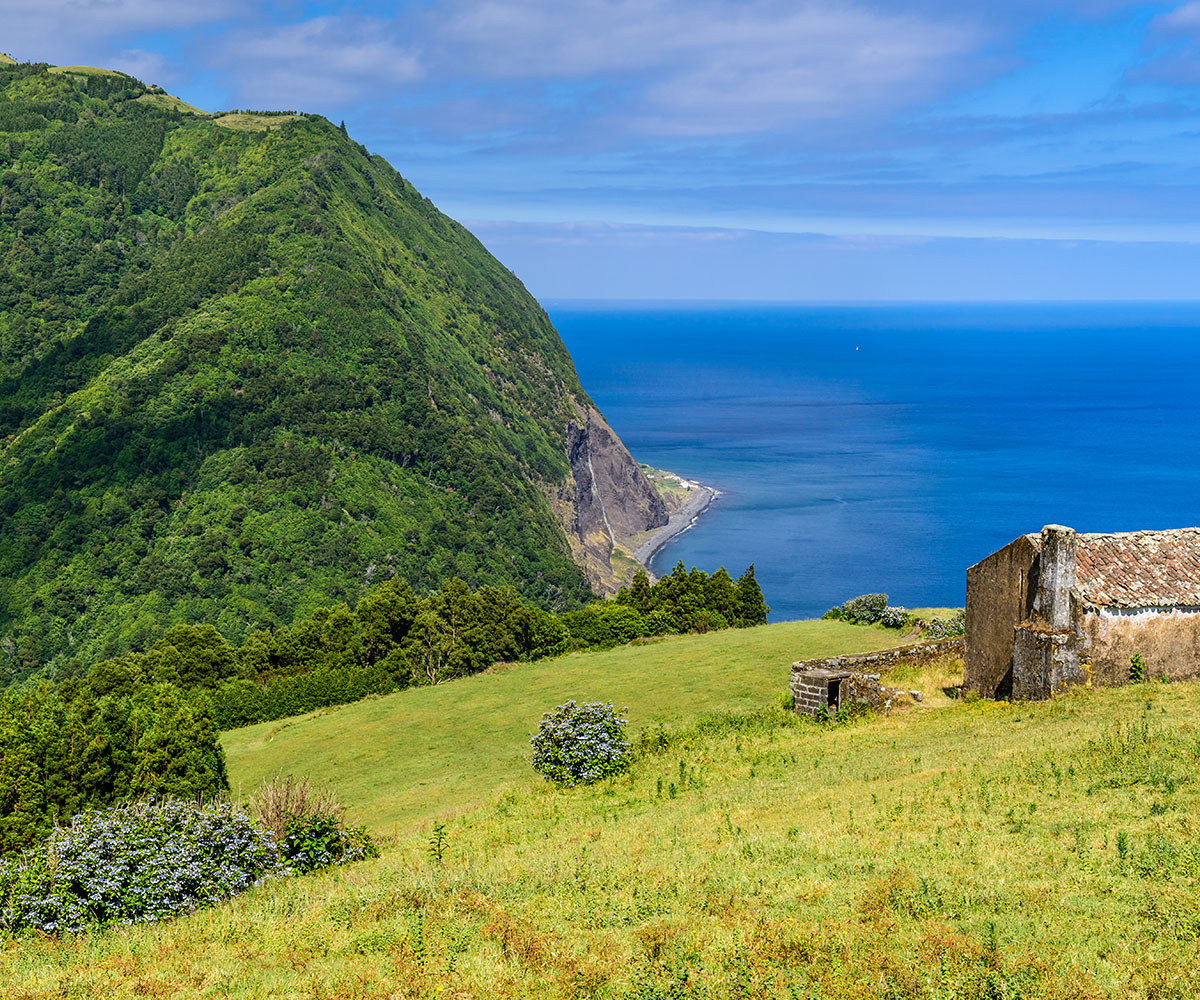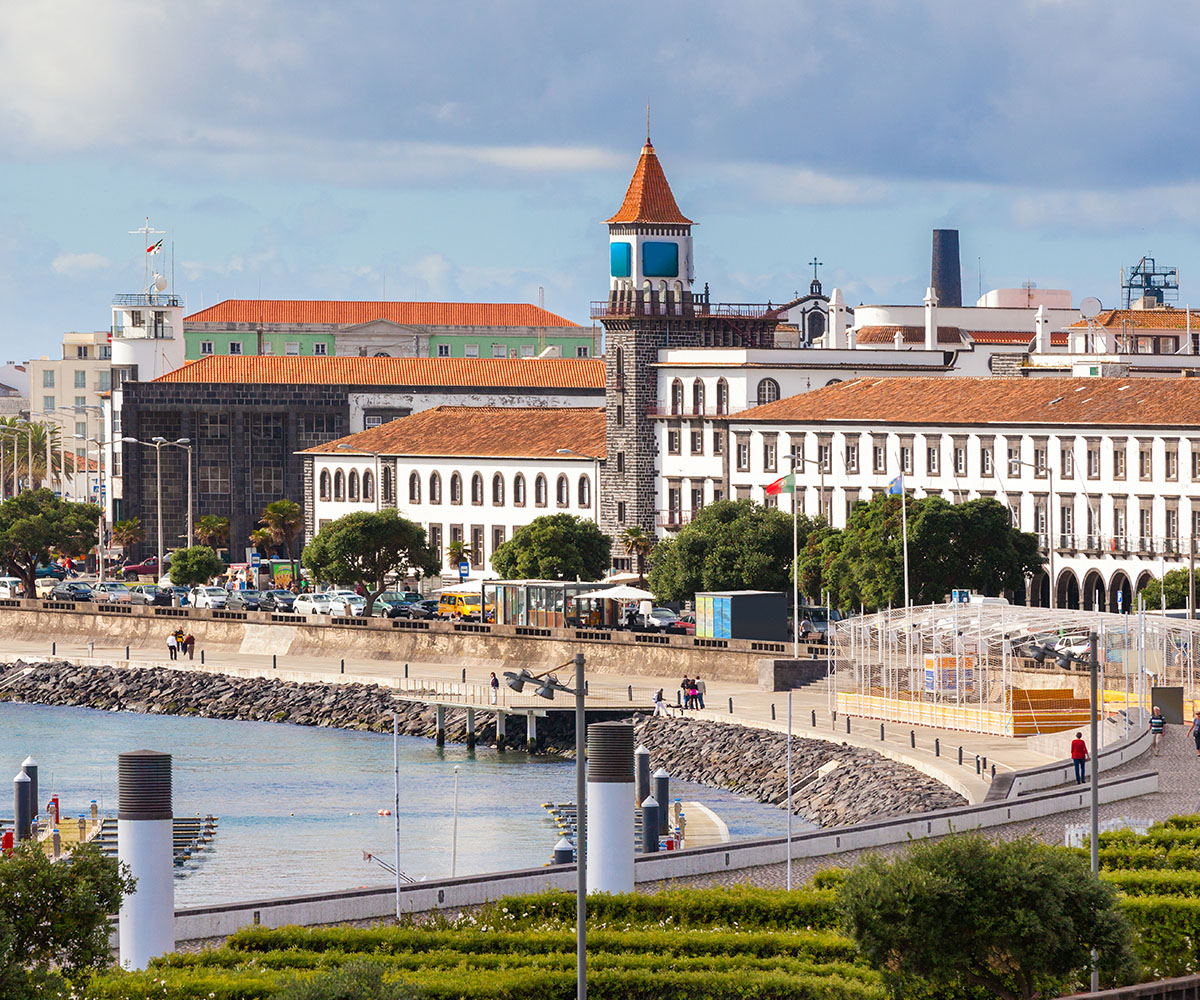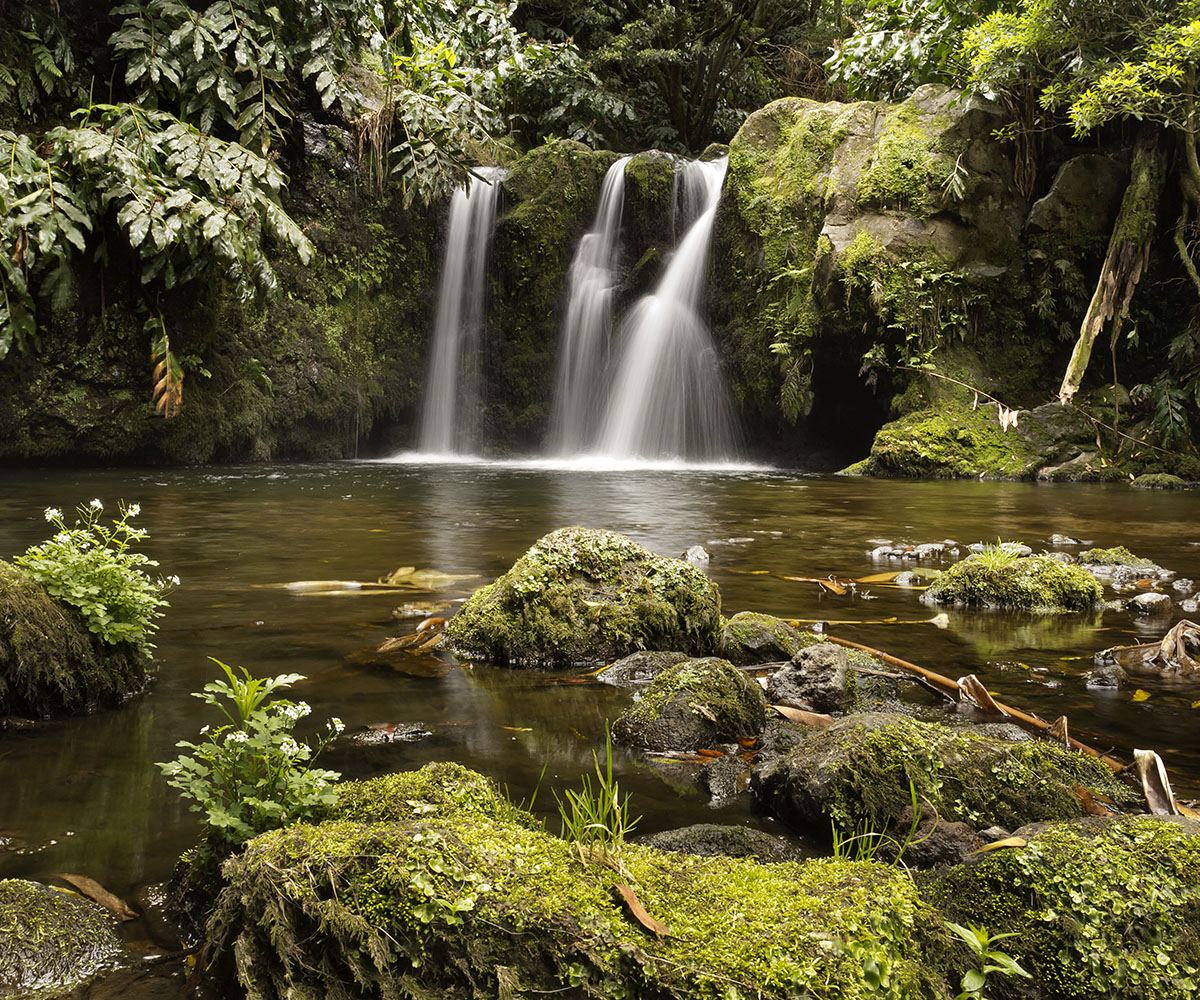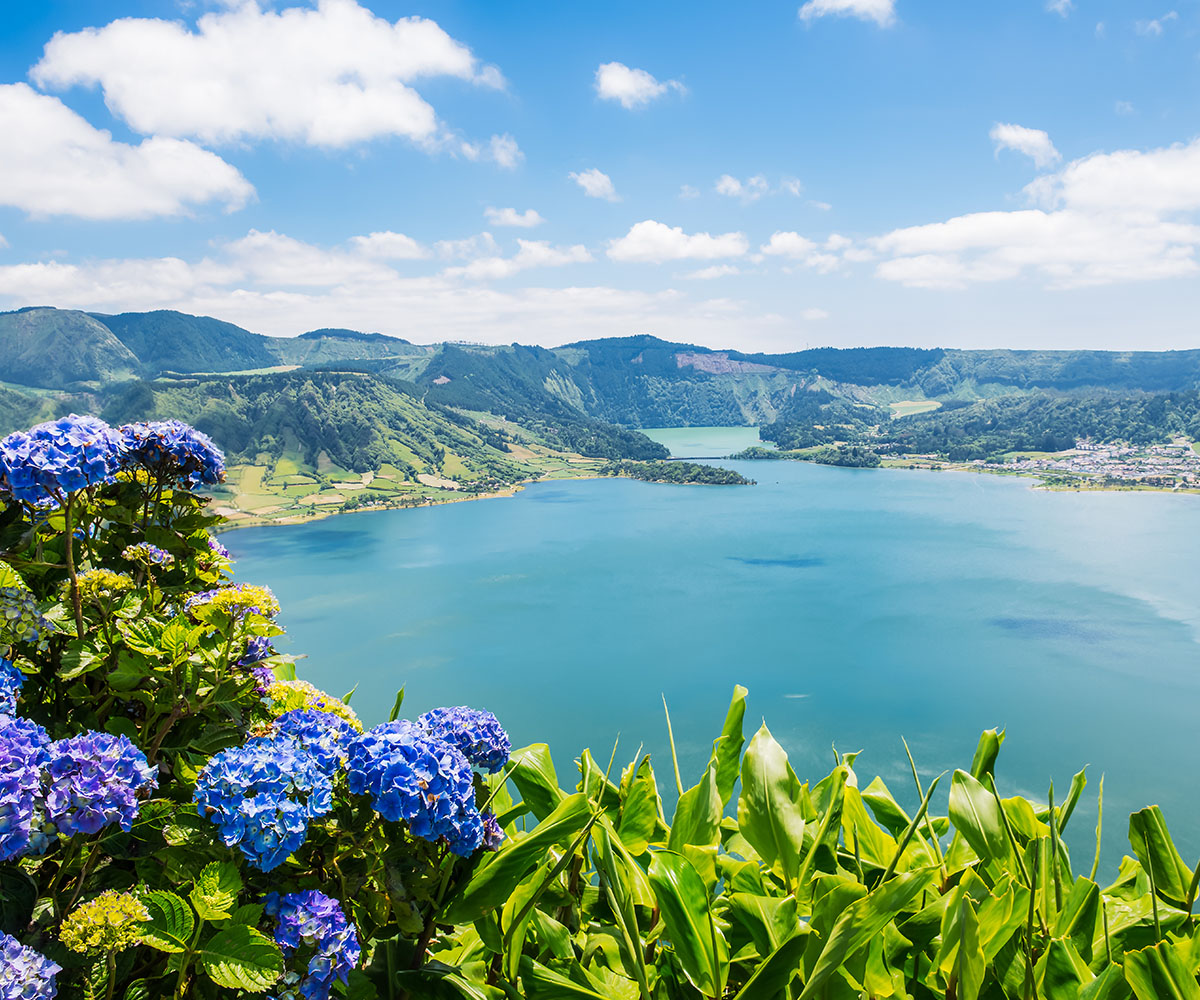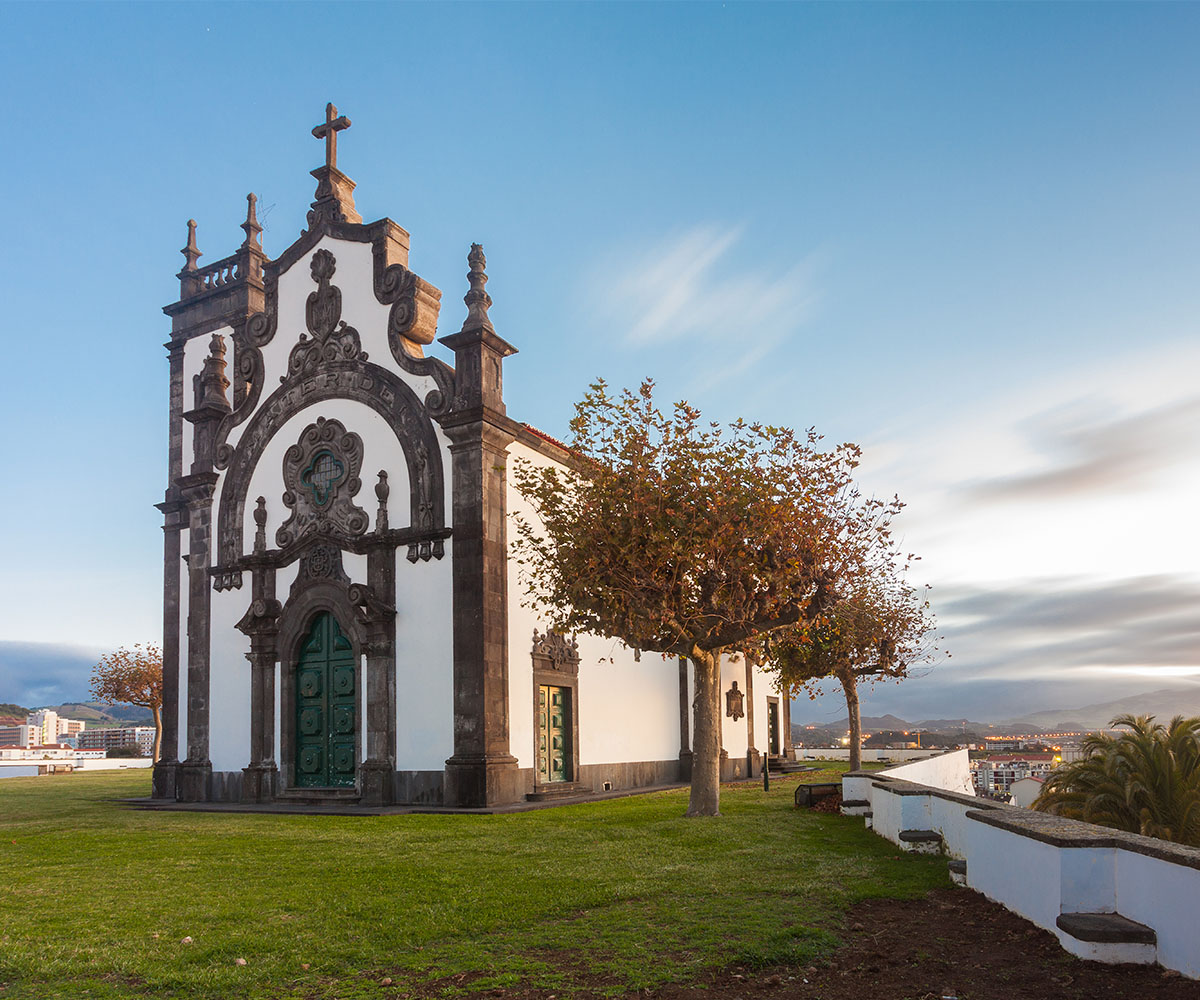Name: Manuela Varanda
Position: Directora Comercial, Clube Viajar
City: Lisboa
Praça do Comércio, one of the largest in Europe, is on the banks of the Tagus River and is the gateway to downtown Lisbon. It was a beach in 1147, was the residence of Kings (1511 King D. Manuel I), and was renamed “Terreiro do Paço”, a name still used. Nowadays, it is full of terraces, restaurants and often has concerts on stages set up in the square. On the column pier, where the square embraces the river, there are two monolithic pillars at the ends and it is a place for sunset photography or visiting the staircase that leads to the Tagus.
From here we can go up Rua do Ouro and up to Carmo and Bairro Alto in the Santa Justa elevator, which resembles the structure of the Eiffel Tower and which is a public transport, built in 1902, the best way to get to the upper part of the city, sighting Praça D, Pedro IV (Rossio) .
We arrive at the Convento do Carmo, former convent of the Ordem das Carmelitas, founded by D. Nuno Álvares Pereira in 1389, later the Santo Condestável, it was the main Gothic church in Lisbon, competing for its monumentality with the Cathedral. It was partially destroyed with the Cathedral Lisbon earthquake. Today it houses the ruins and the archaeological museum and serves as a stage for various events such as the immersive show “Lisbon Under Stars”.
From here we can go down to Chiado and Bairro Alto, which represent the most alternative Lisbon. Some call Chiado the “Montmartre de Lisboa”, for its elegance and bohemian style. Stop at “A Brasileira” for a coffee, one of the oldest and most emblematic cafés in Lisbon, a meeting point for intellectuals of yore (with the statue of Fernando Pessoa, sitting next to the terrace), it is a space that preserves the original charm and elegance, it's almost like a journey back in time.
Chiado is also full of shops, pastries with convent sweets, bookstores and terraces for snacks. From Praça D. Luis de Camões you can see all the narrow streets of Bairro Alto. During the day, you will find in Bairro Alto several alternative stores, records, art and hairdressers; at night bars and small restaurants with typical food and Fado. Cais do Sodré (next to Rio) has numerous restaurants for all tastes, and the cuisine is influenced by the proximity to the sea. The typical Lisbon specialties are cod pataniscas, small fish from the garden, as well as the famous Bife à Café, considered a food "ex-libris" of the capital. The most famous sweet in Lisbon is the traditional Pastel de Nata, made in an old factory in the Parish of Belém, better known as Pastel de Belém, or more recently those from the “Manteigaria” in Chiado.
the Santos neighborhood, the “design district” of Lisbon, features unique designer ateliers and shops.
On the other hill, next to the Castle, is the oldest and most genuine neighborhood in Lisbon, Alfama, founded by the Arabs who called it “Al-Hama” which means hot springs. Lose yourself in the narrow streets of Alfama and observe the colors of the buildings, the clothes laid out, listen to the conversations of neighbors. The Santo Estêvão sidewalk is a must, as well as admiring the fantastic view from the Santo Estêvão viewpoint. A look at the Church of São Vicente de Fora, the National Pantheon and the Chafariz d'elRei – which would have been the first public fountain in the city of Lisbon – are essential. The palace transformed into a small hotel is a beautiful space to visit, have a “brunch” or have afternoon tea. In June (between 10 and 13) the Santos Populares are celebrated in Alfama, with a lot of majerico scent and the grilled sardines that are eaten on bread.
Next to Martim Moniz, a lunch suggestion with typical and signature food by Chef Vitor Sobral and one of the best views in Lisbon – Panoramic Restaurant Varanda de Lisboa – (oven duck rice or cod pataniscas), is next to Praça Martim Moniz .
Lisbon is often described as the city of 7 hills, a name that dates back to the time of the Roman occupation, which is said to have been founded on top of 7 hills, just like Rome.
There are those who argue that there are 8, considering Grace. Myths aside, on each hill we can find several viewpoints with magnificent views where the city can glimpse itself. And most interesting of all, each point has a unique and magnificent view of the romantic city of Lisbon.
With the sun almost always present and a unique light, Lisbon values its unique beauty, architectural singularity, hospitality, gastronomy, tradition, history, modernity, culture and leisure.
Rich in monuments, typical neighborhoods (Baixa Pombalina, Belém, Bairro Alto, Chiado, Bica, Alfama, Mouraria, Madragoa, Graça), riverside area, Fado houses, parks, gardens and viewpoints, Lisbon offers several possibilities to discover, visit and enjoy the vast natural, historical and cultural heritage.
I would add: Portugal is BEAUTIFUL!!
04/06/2021
